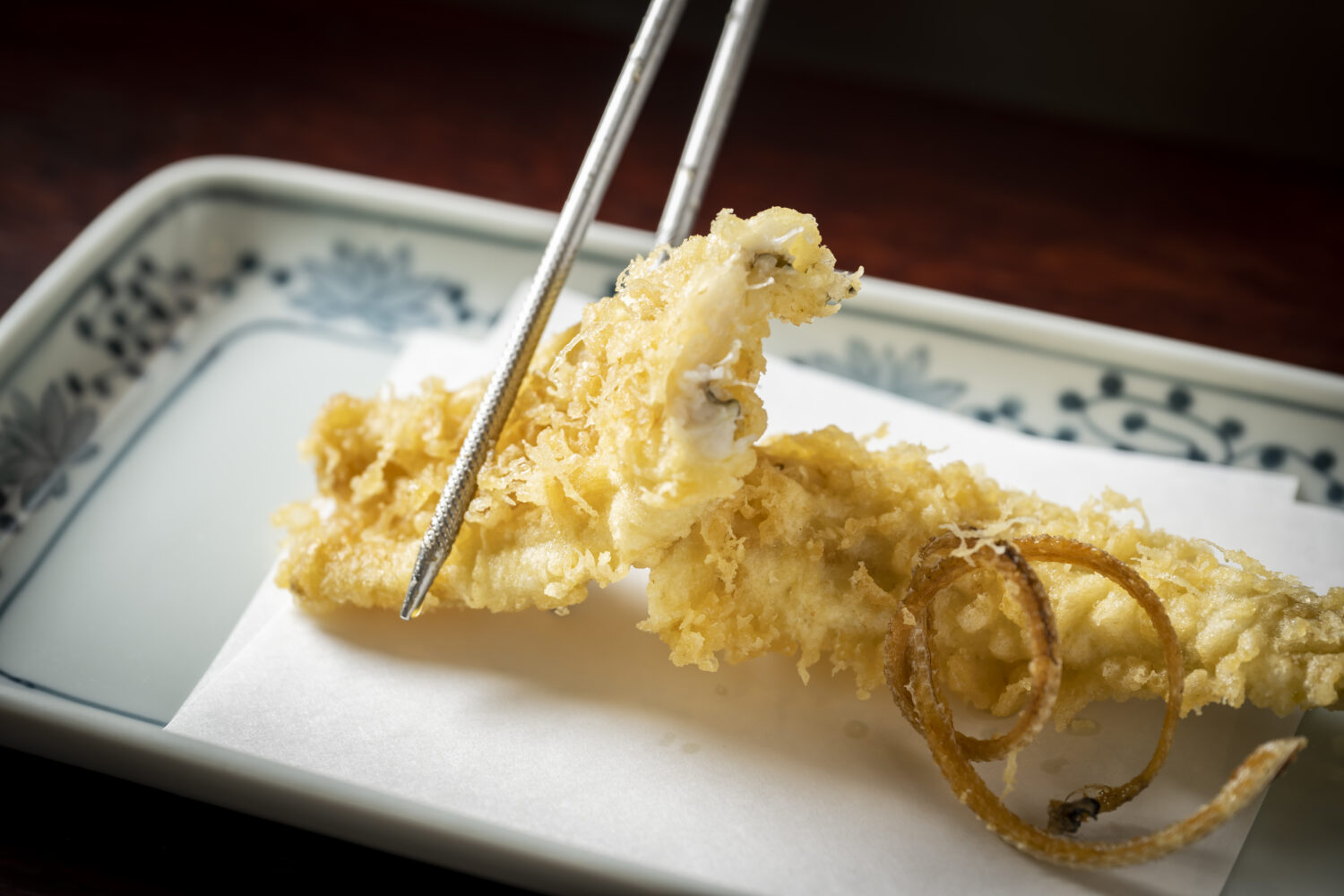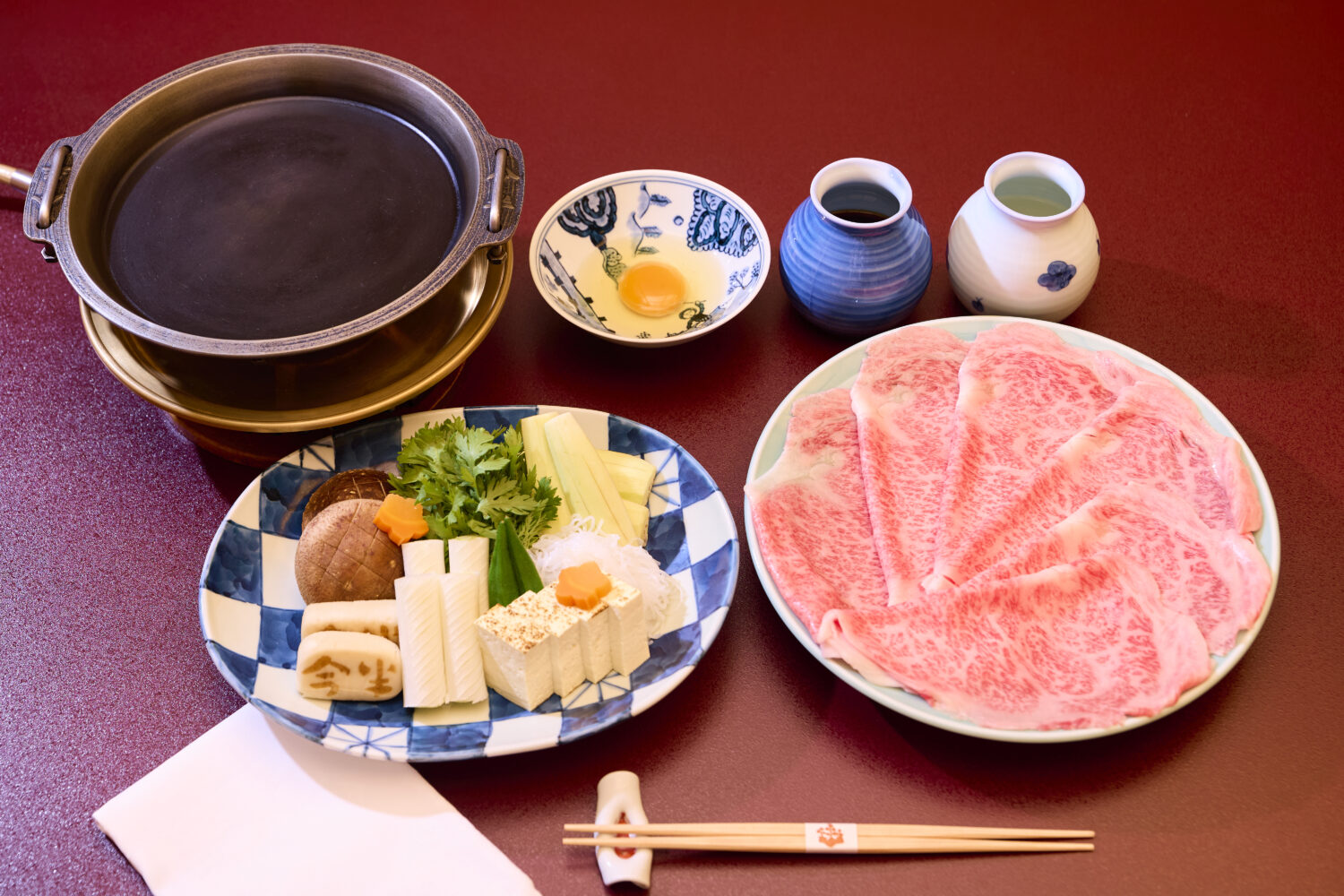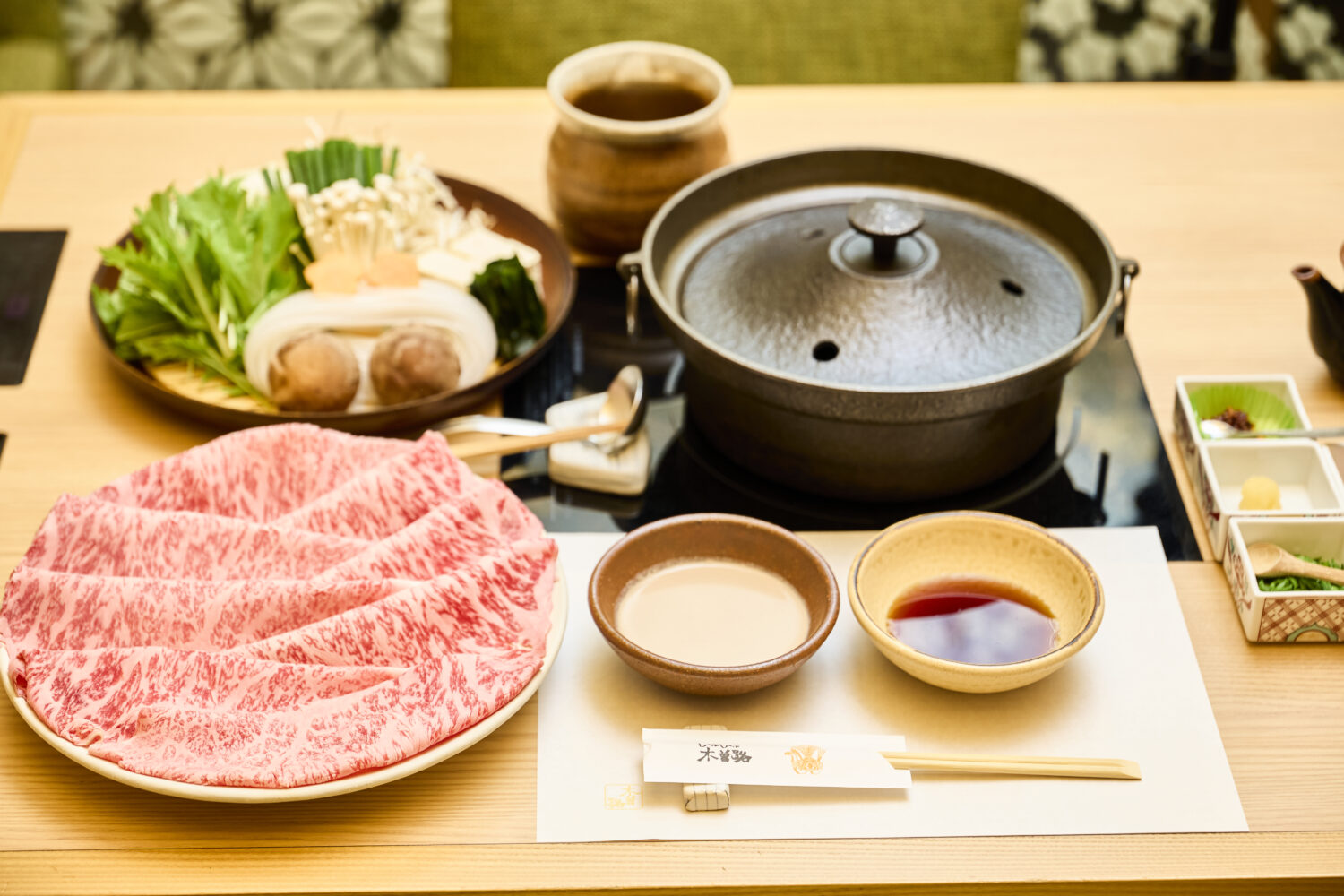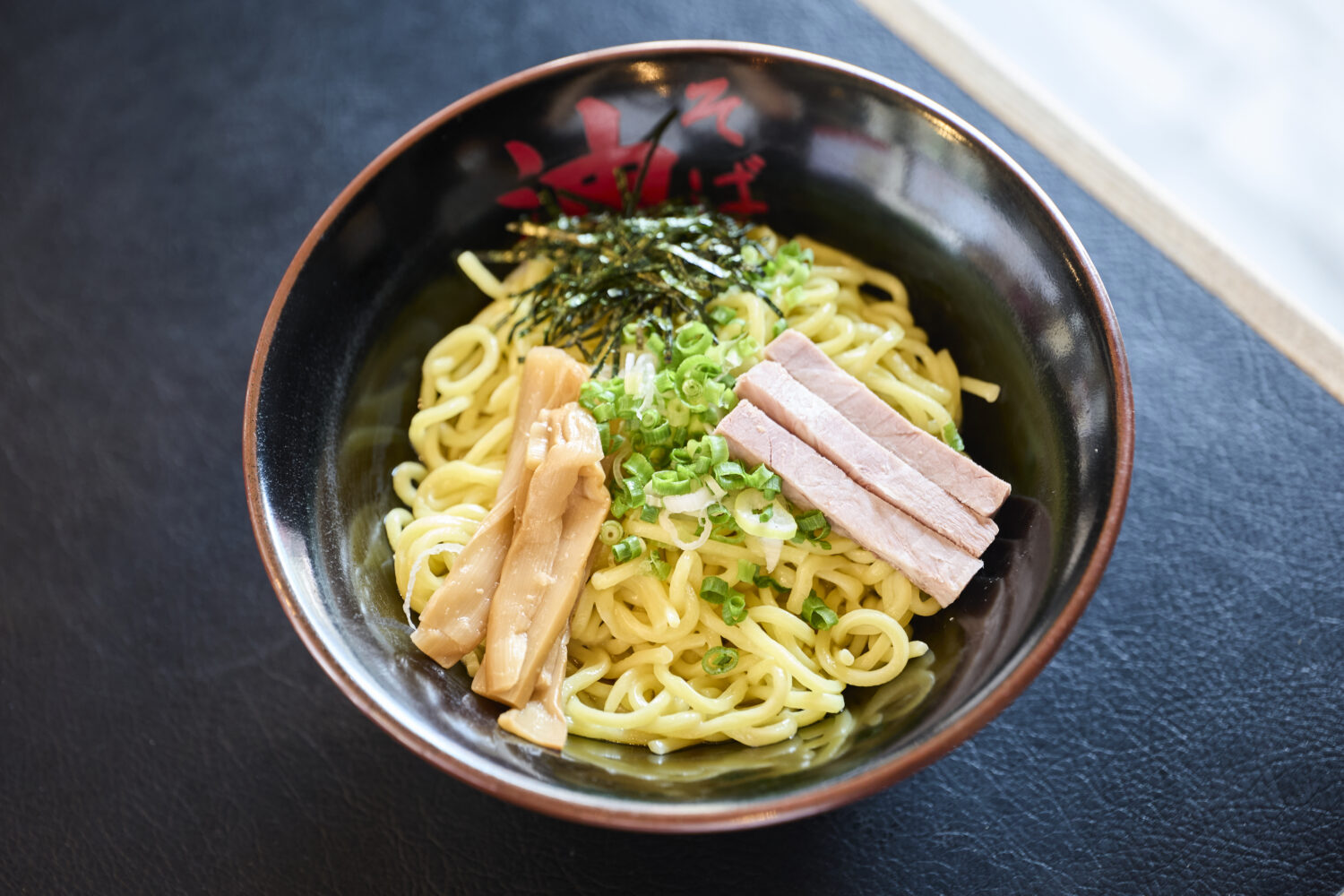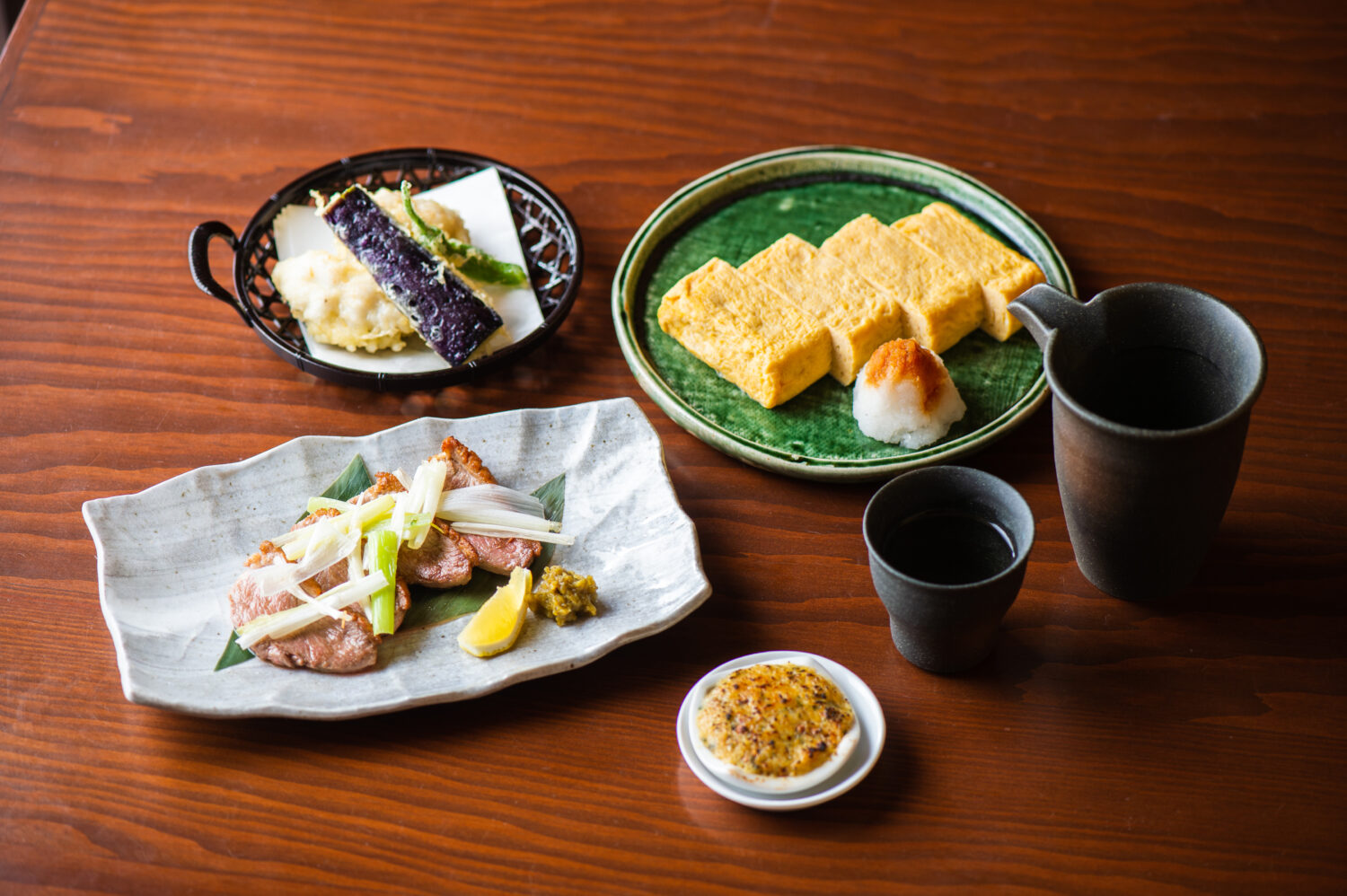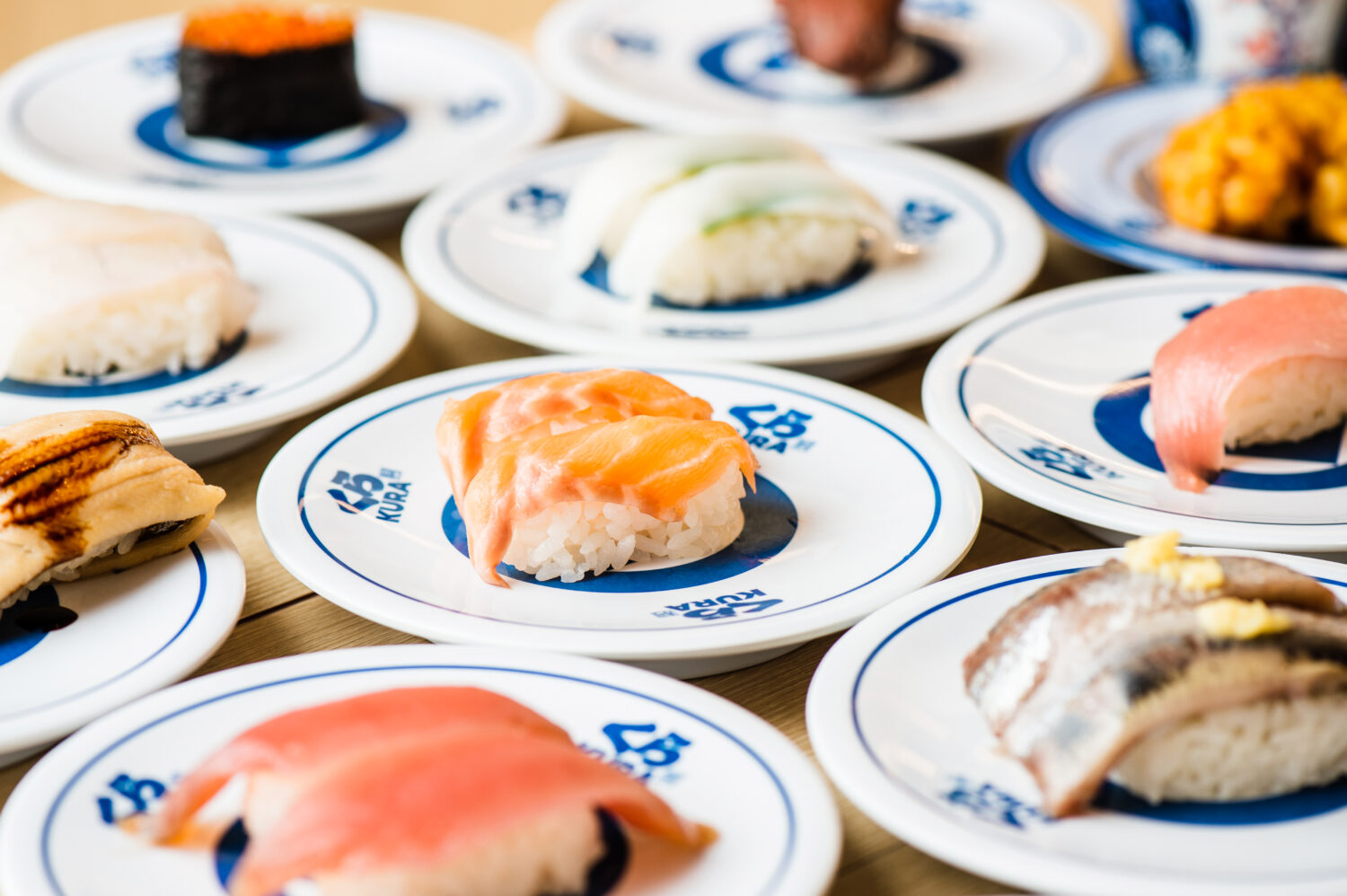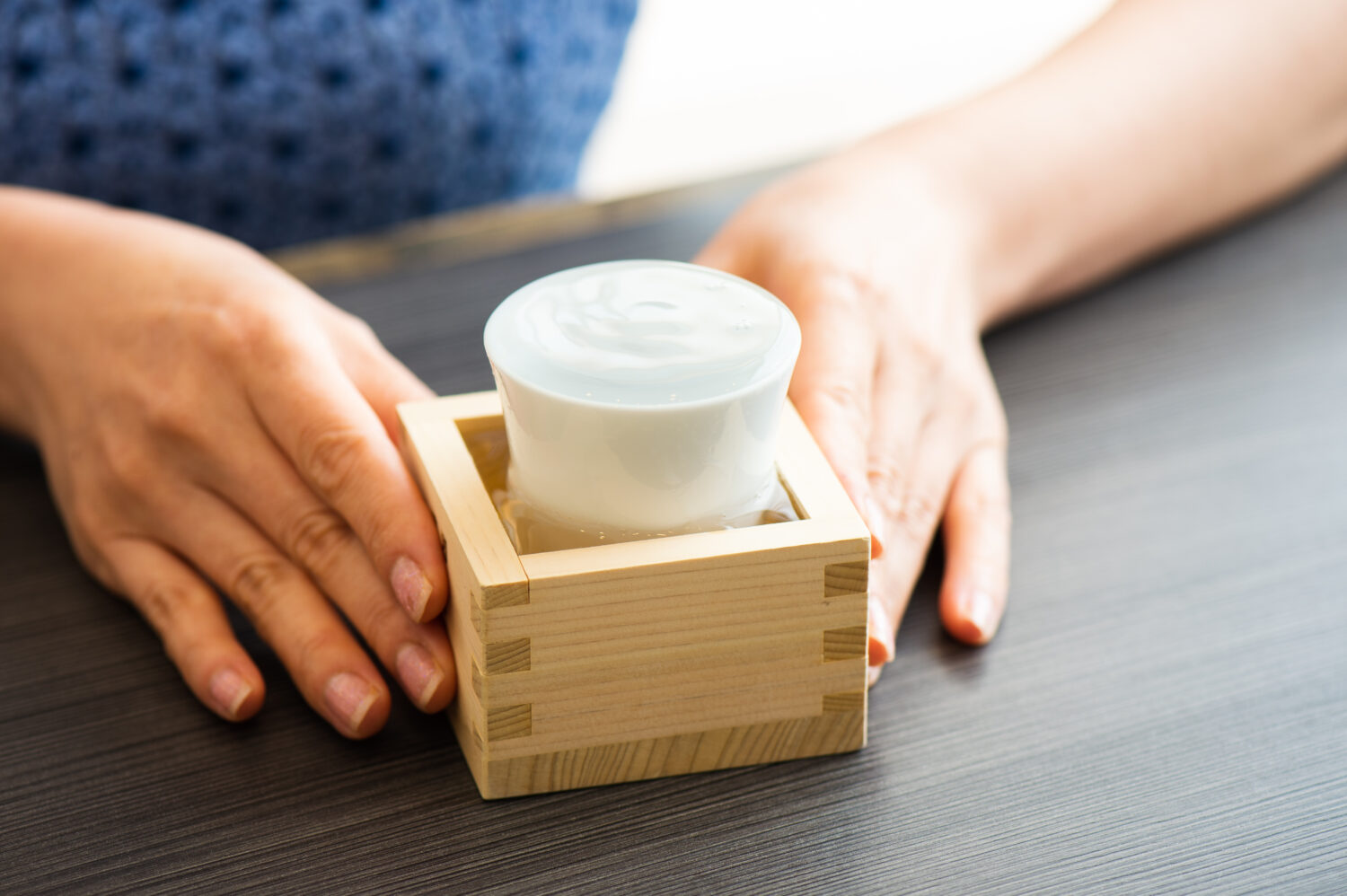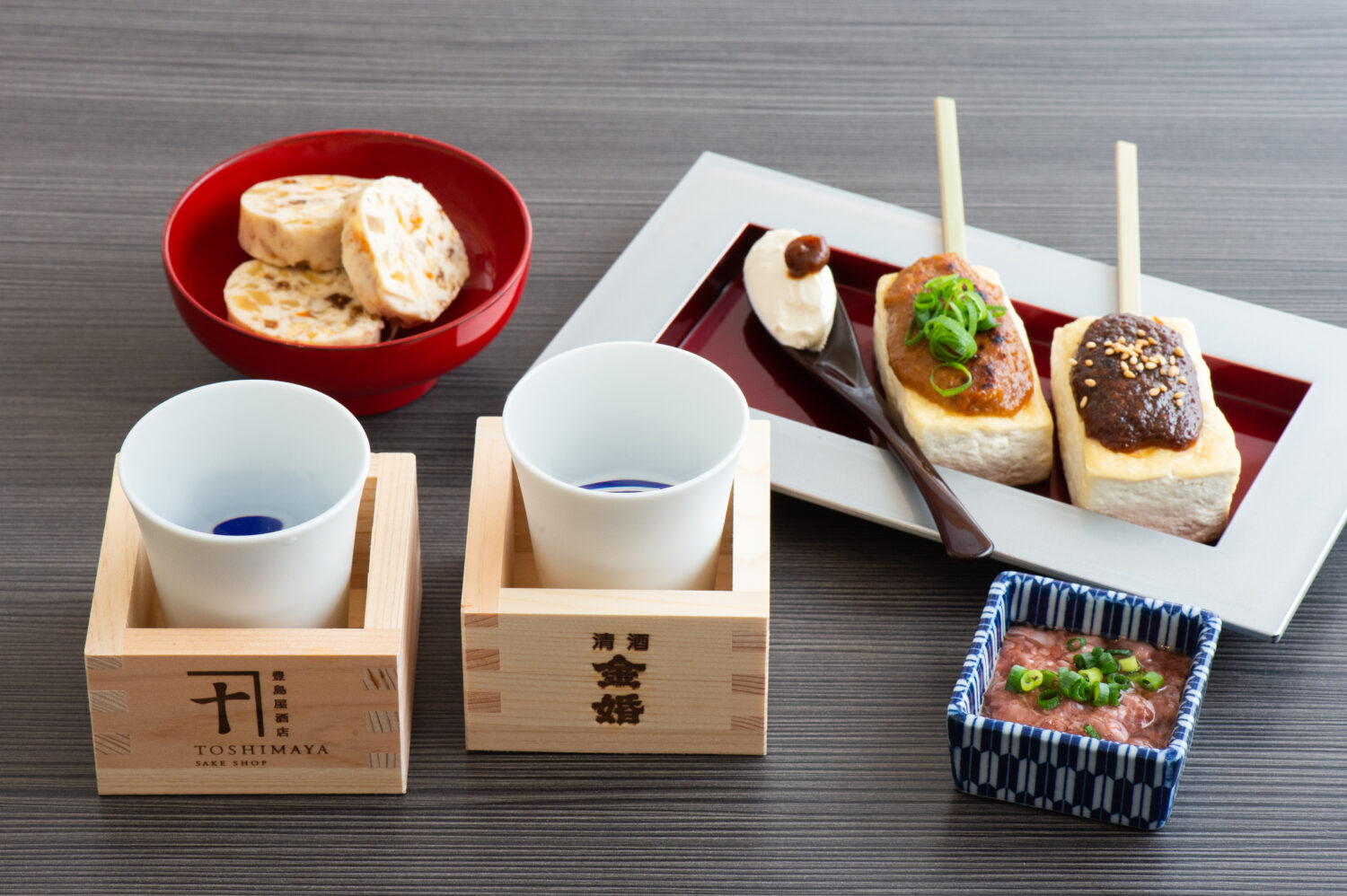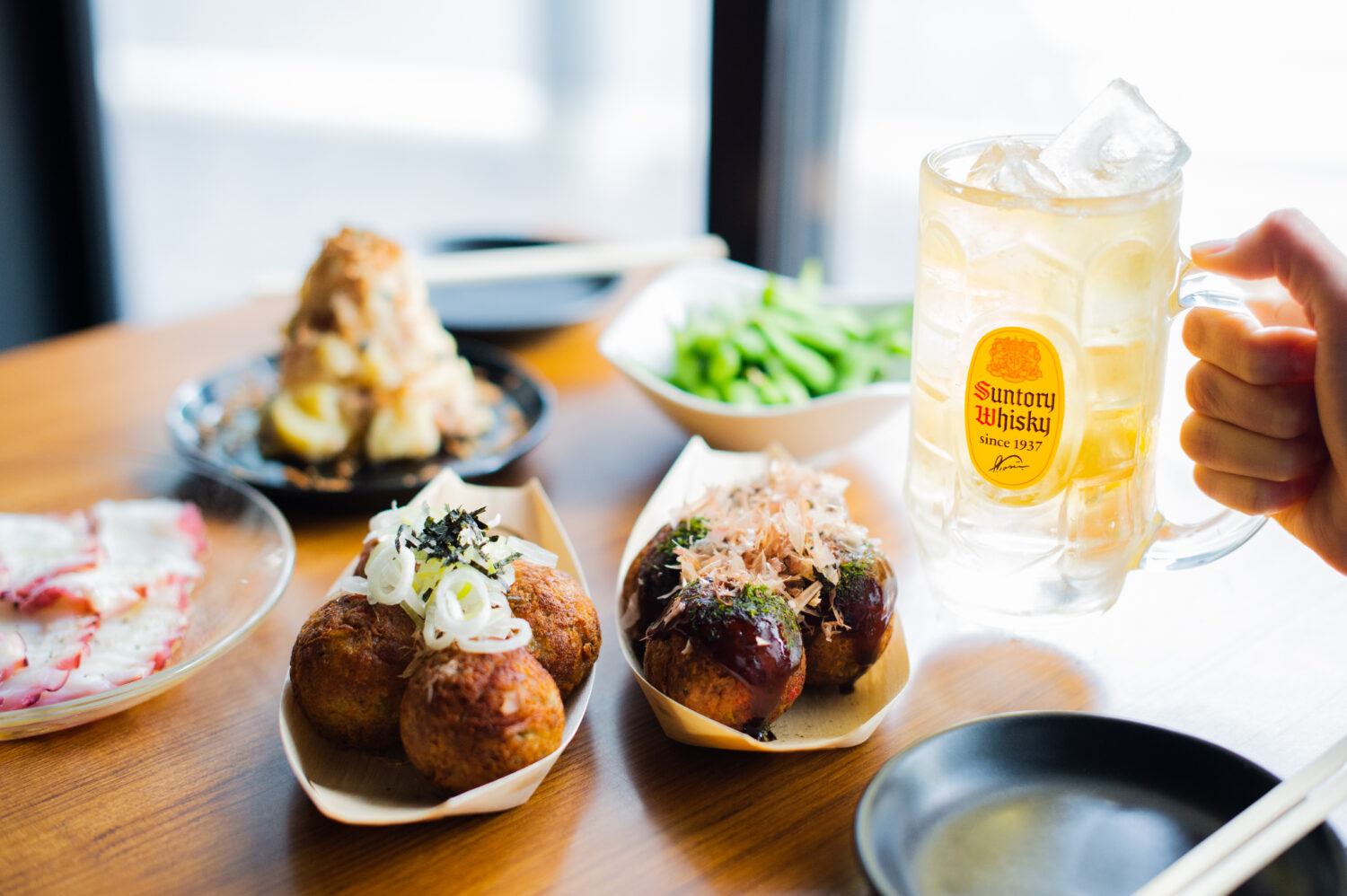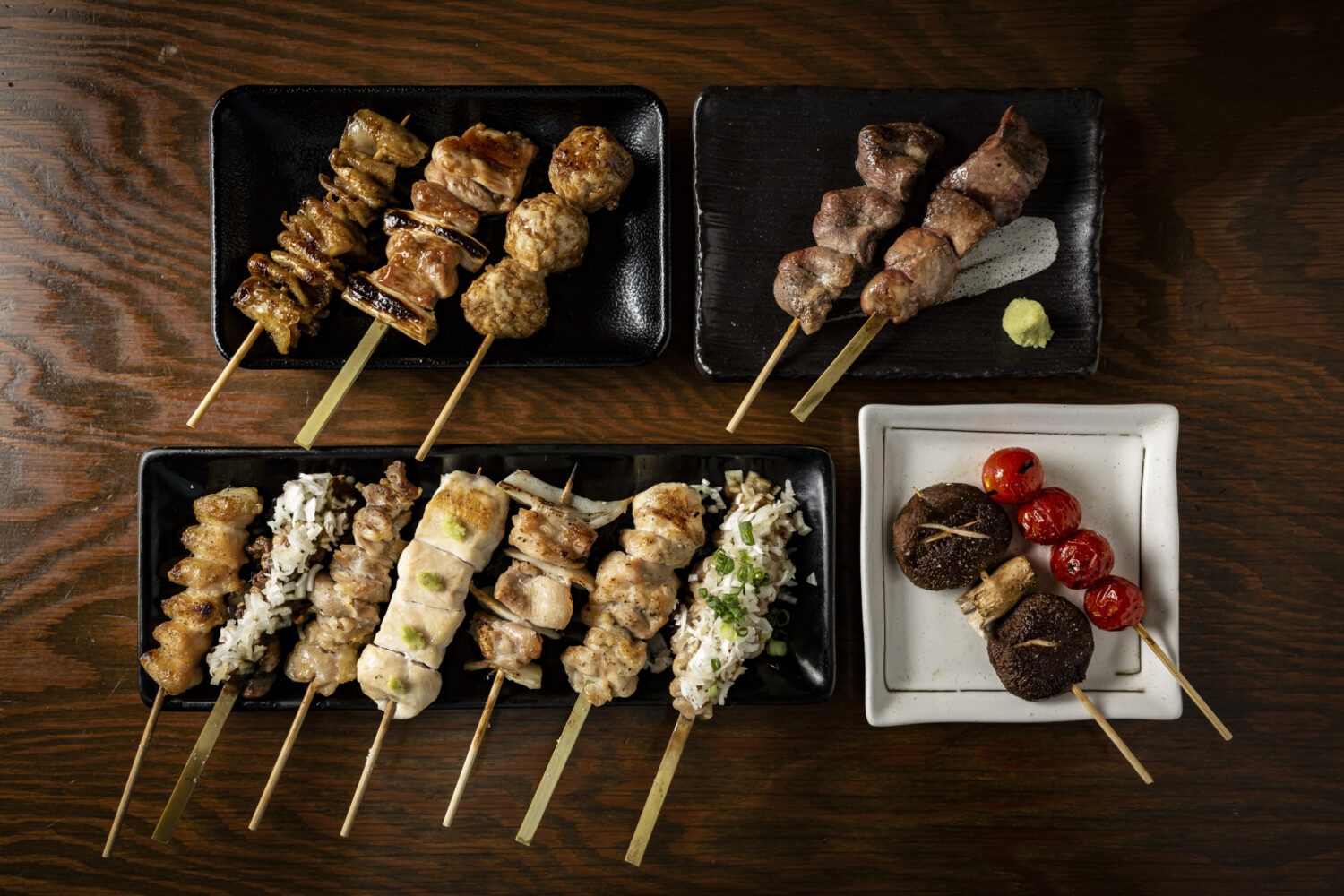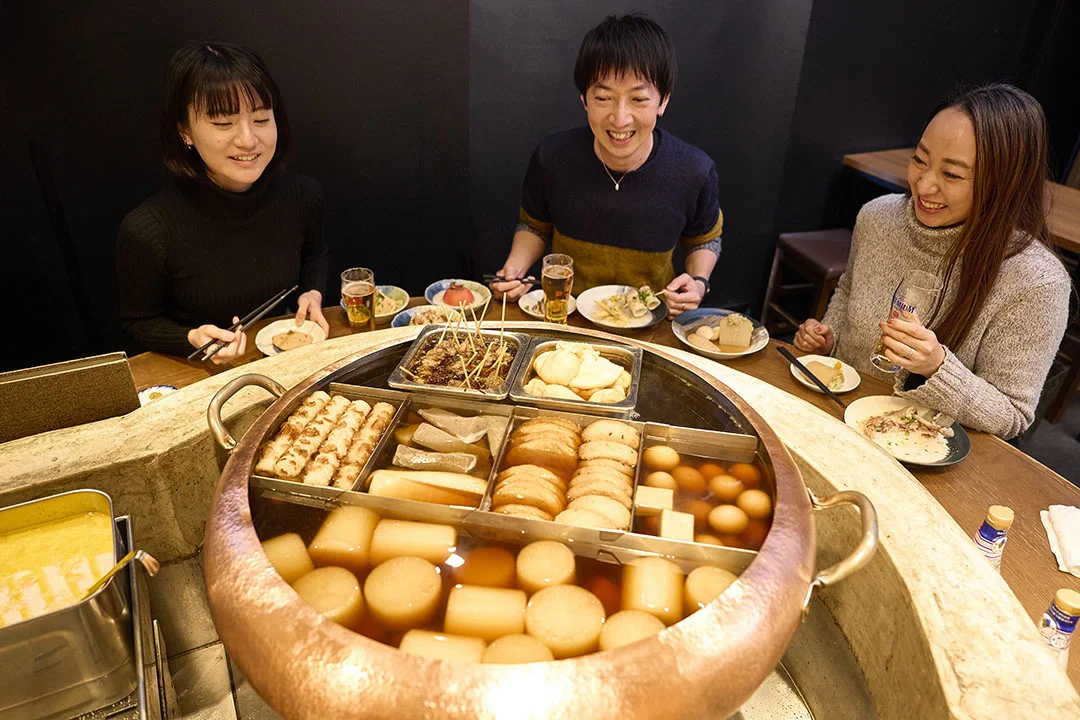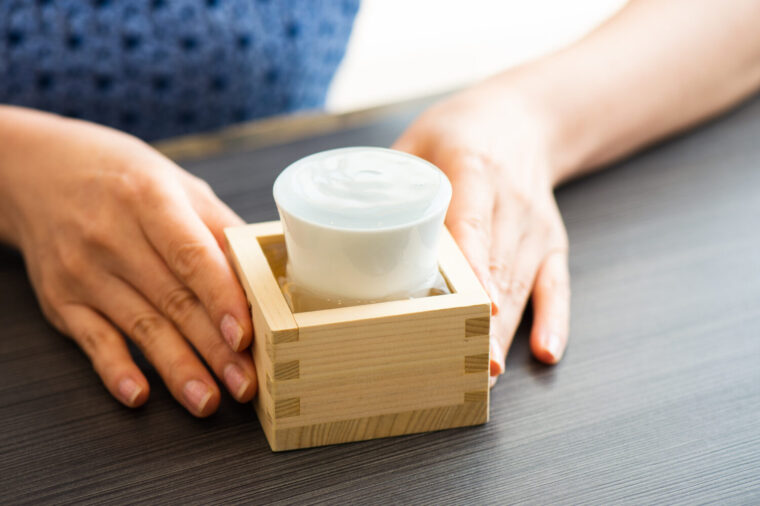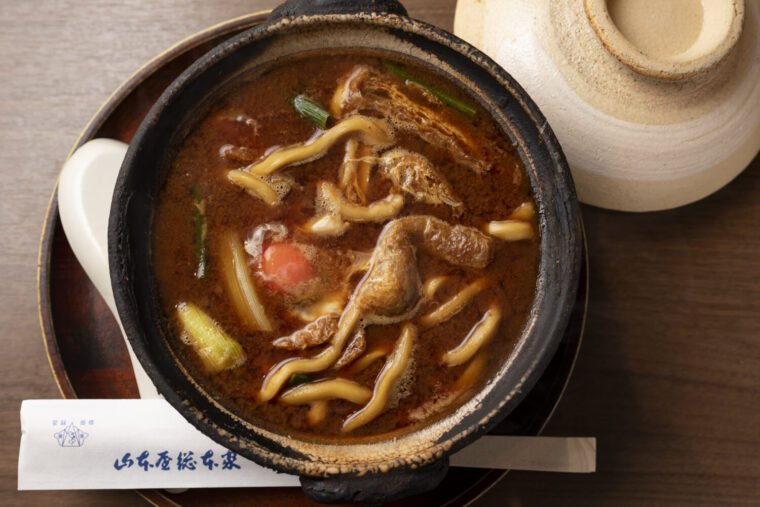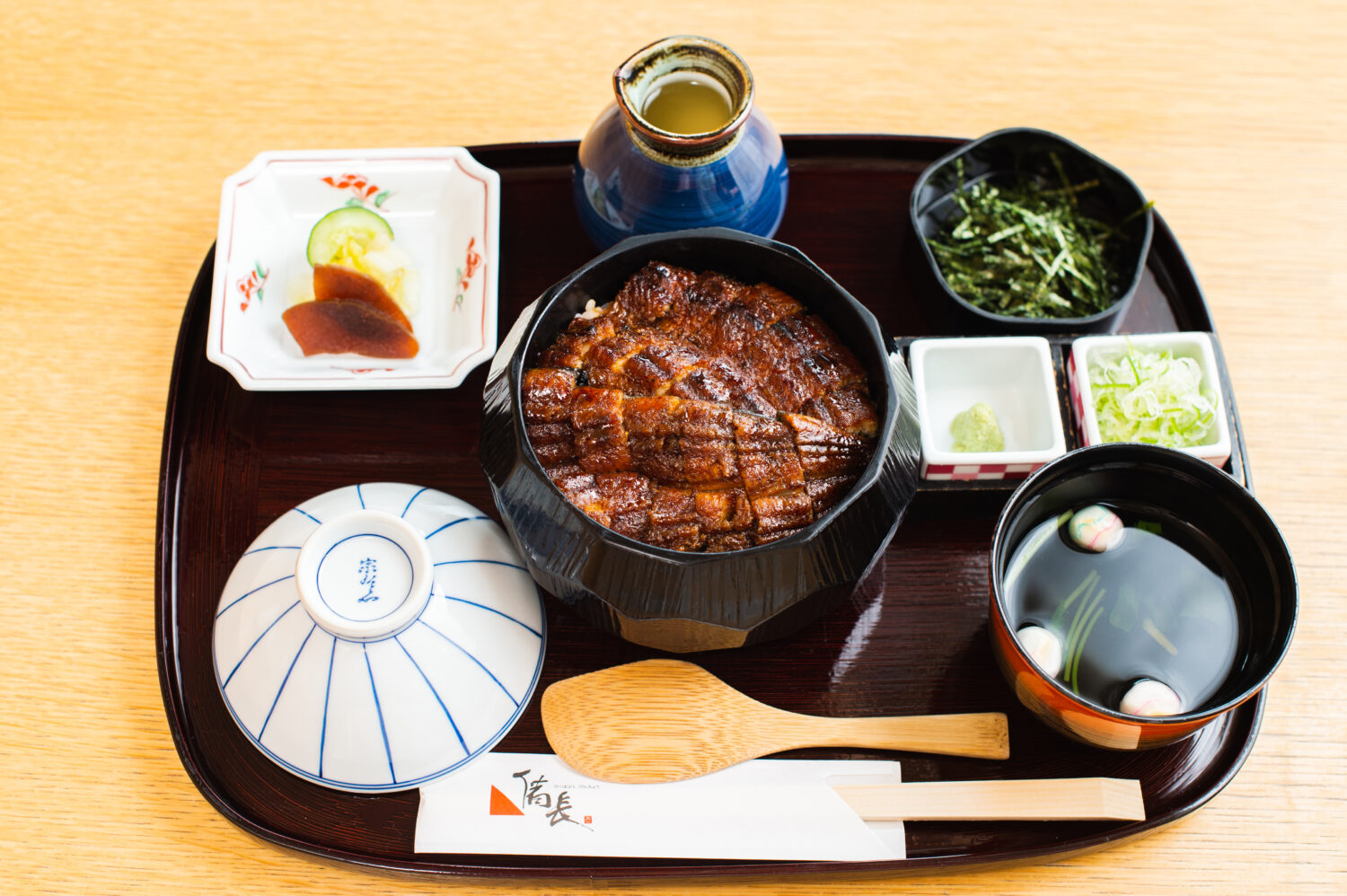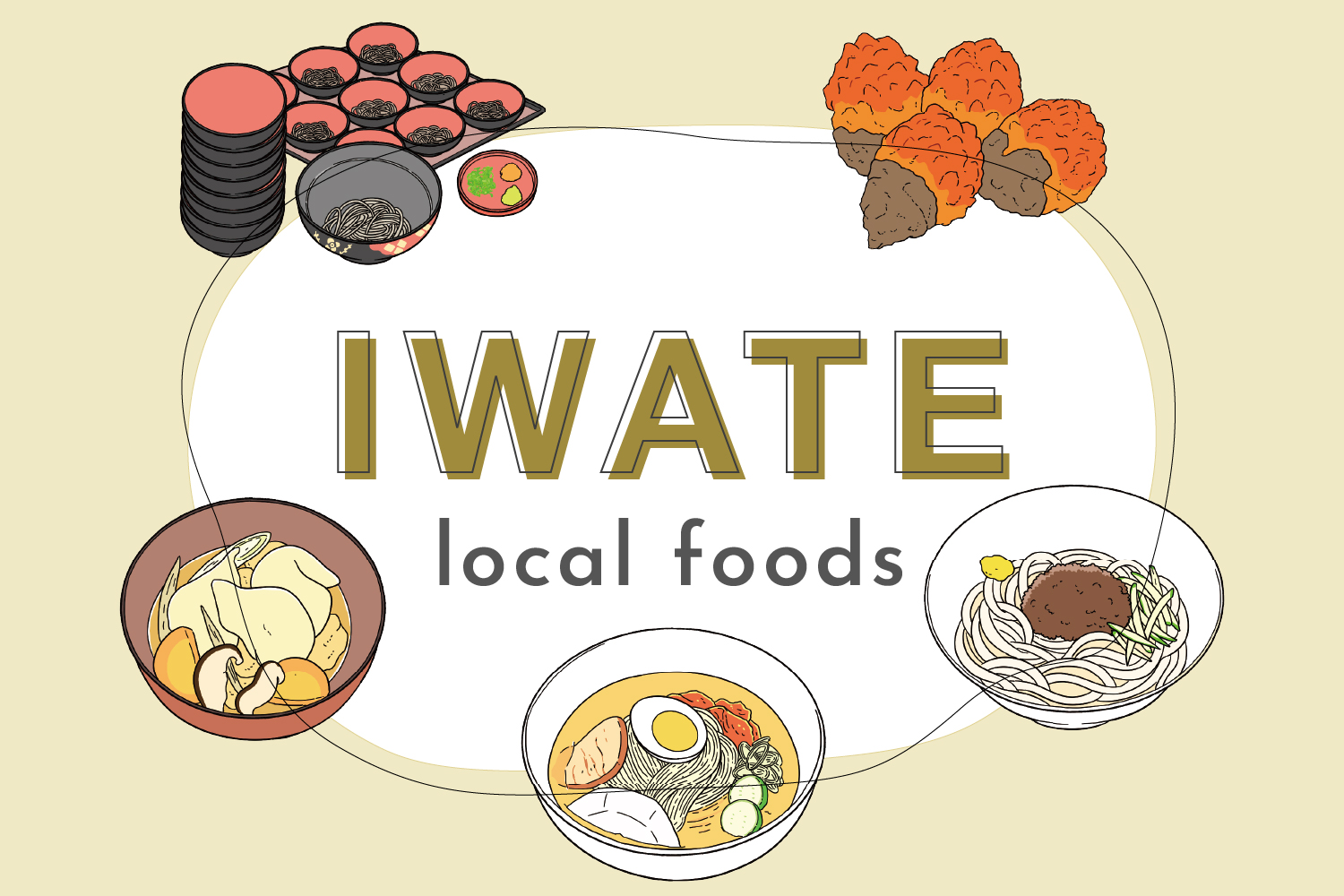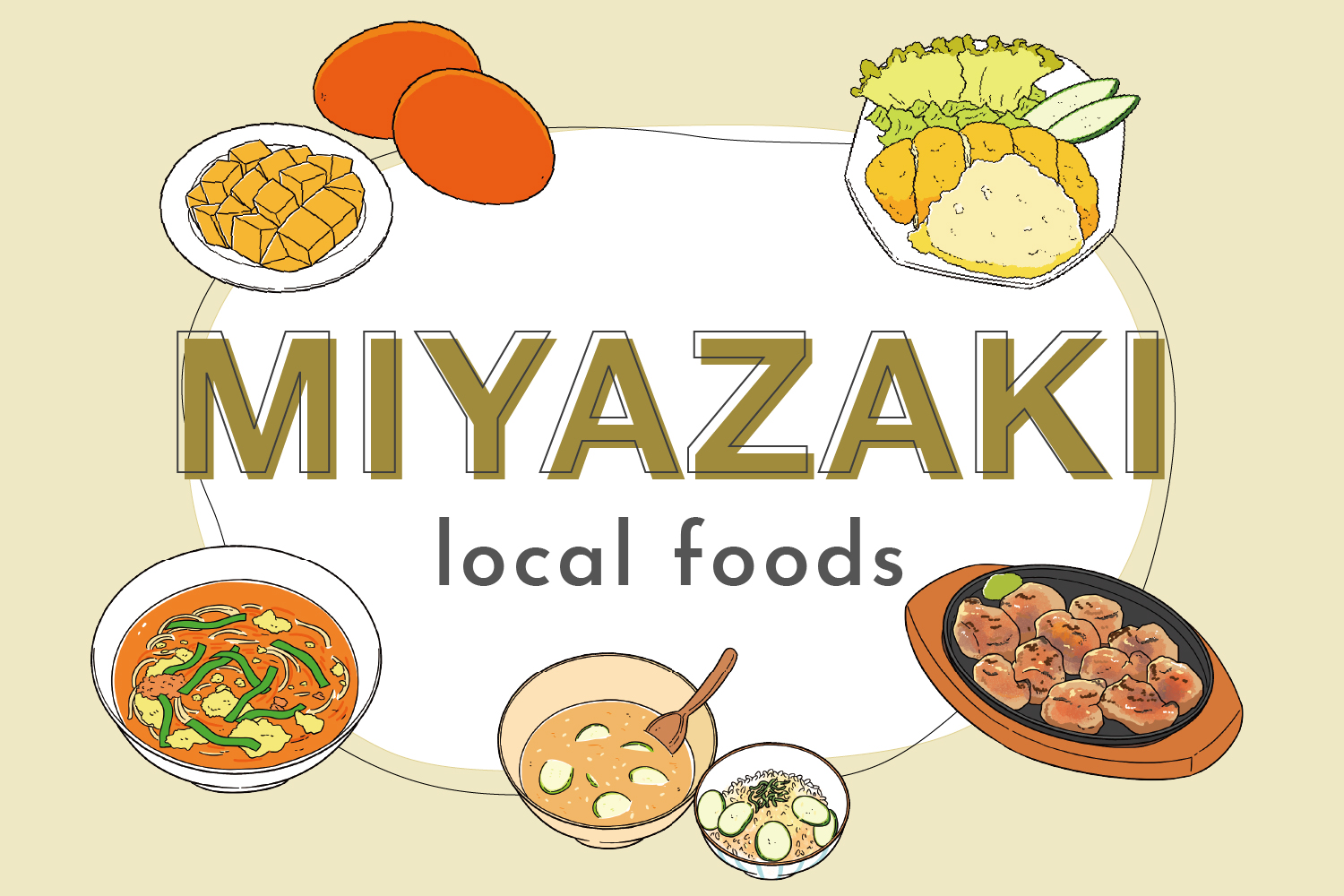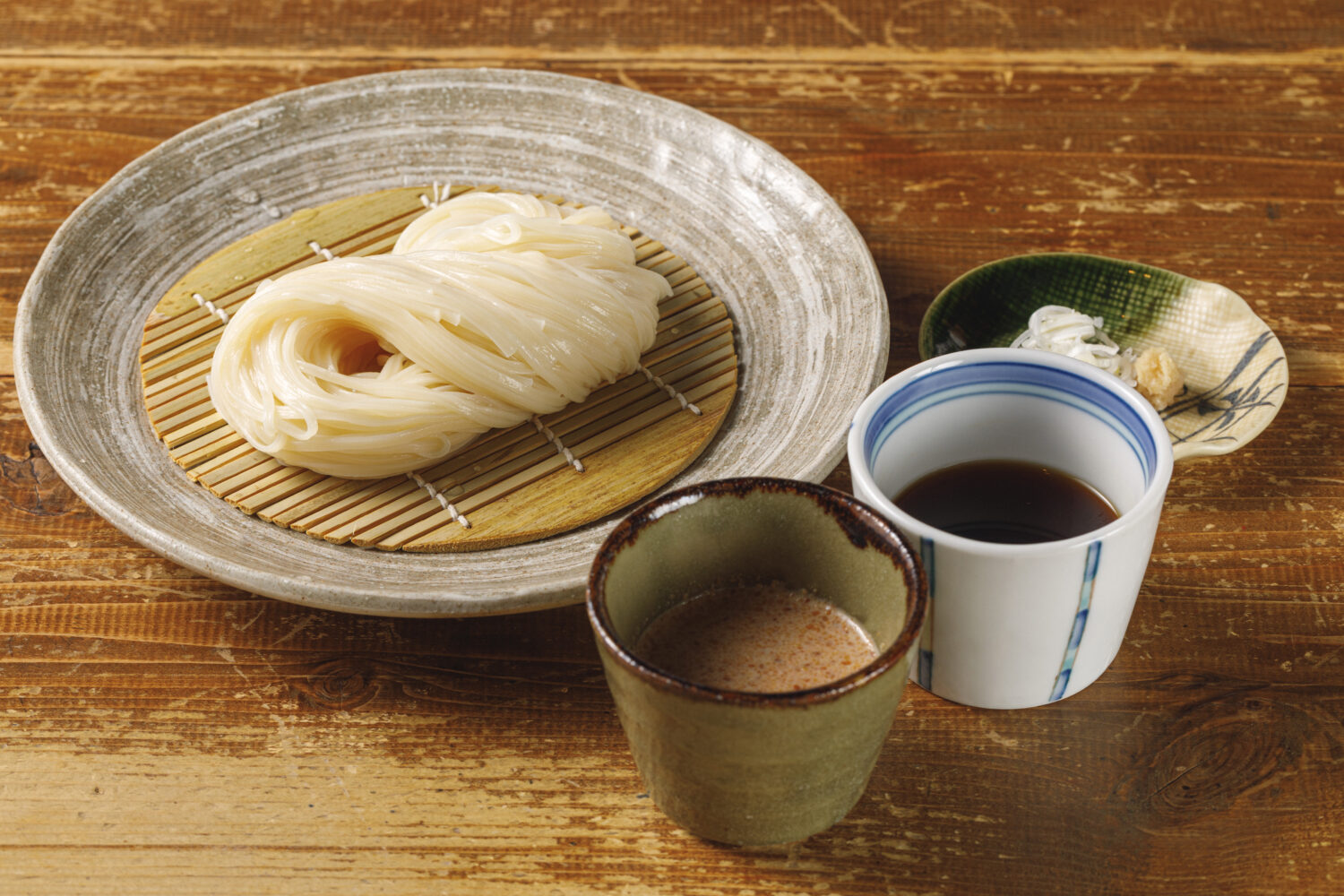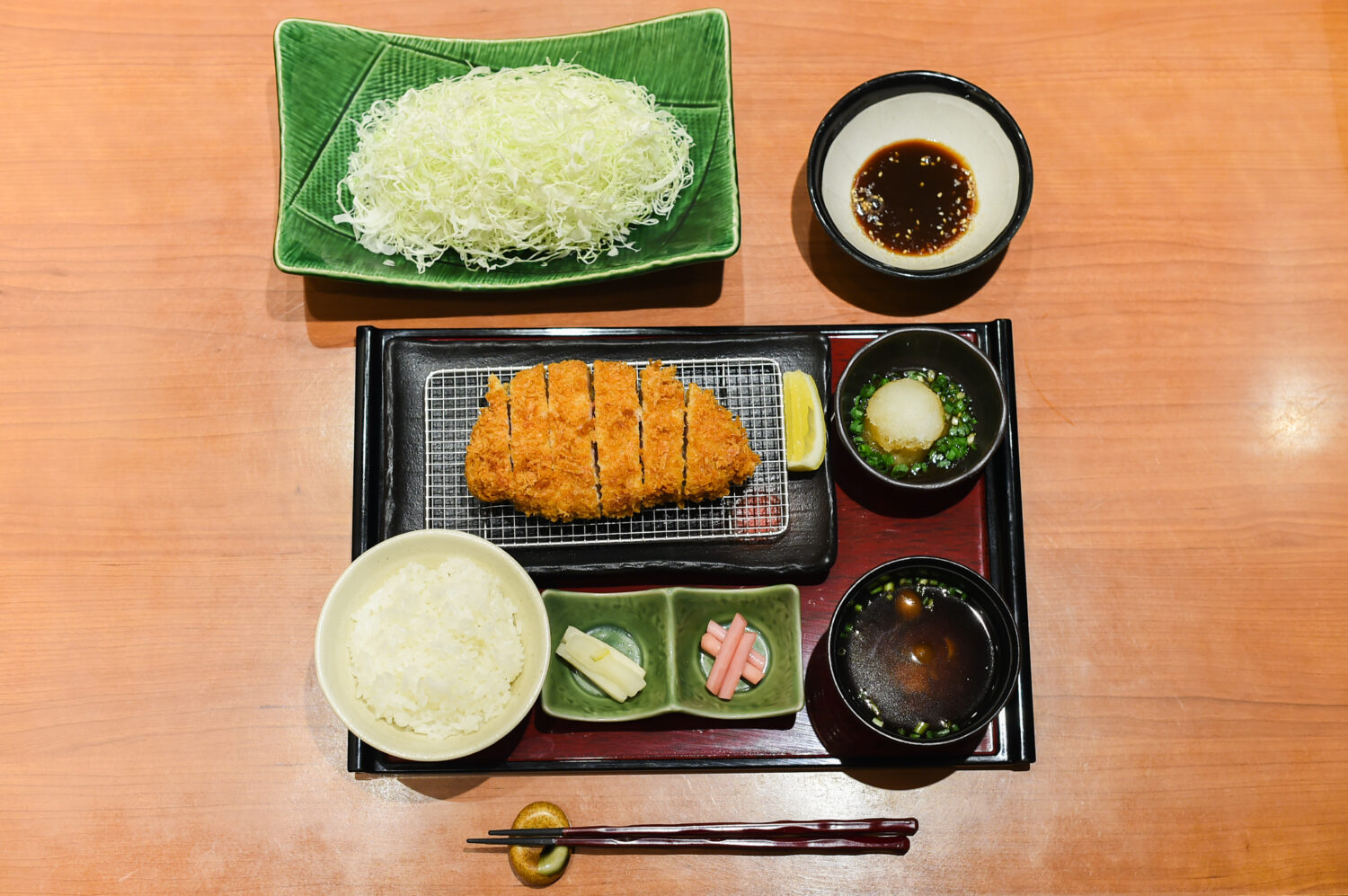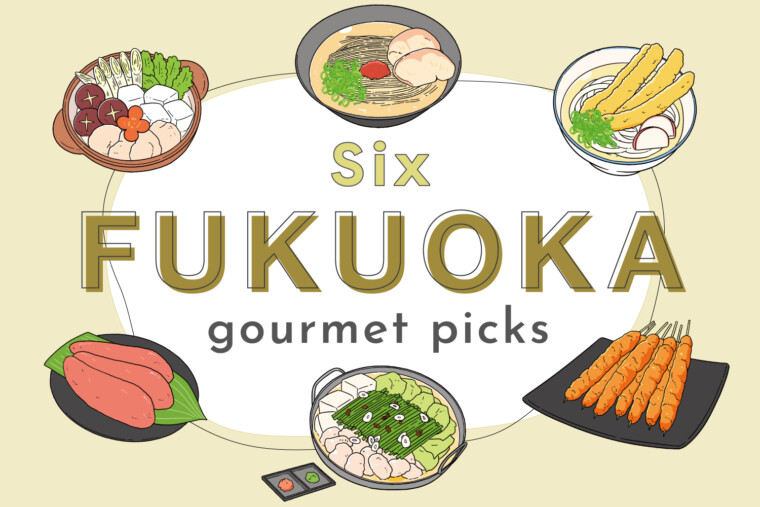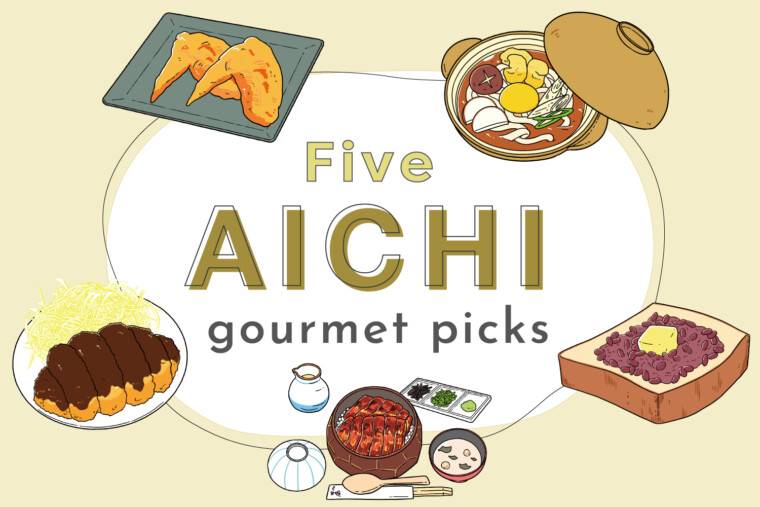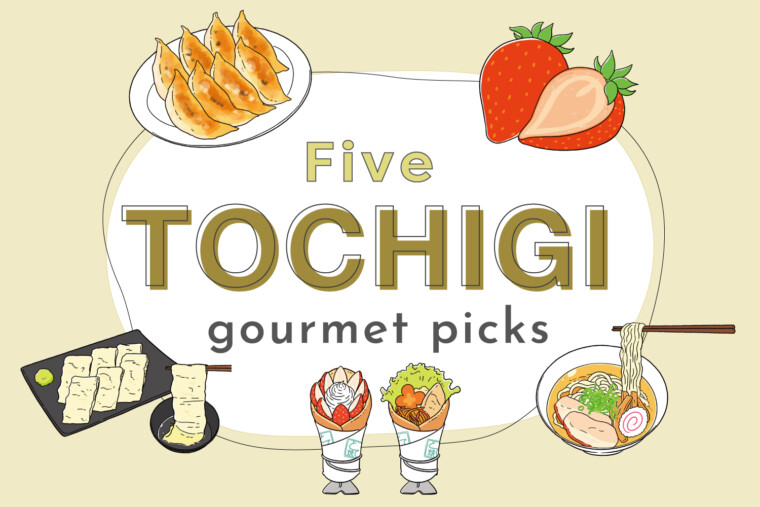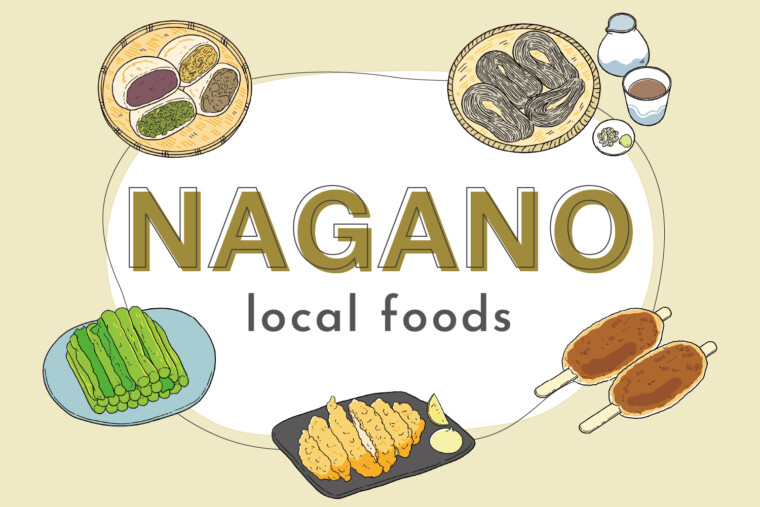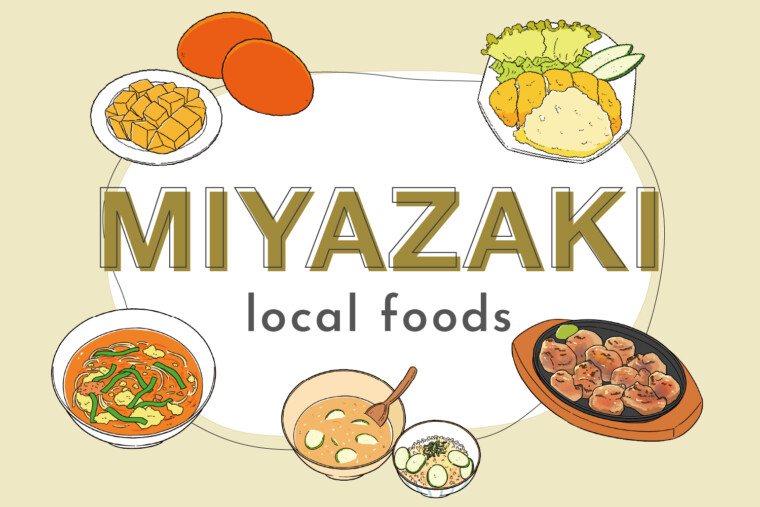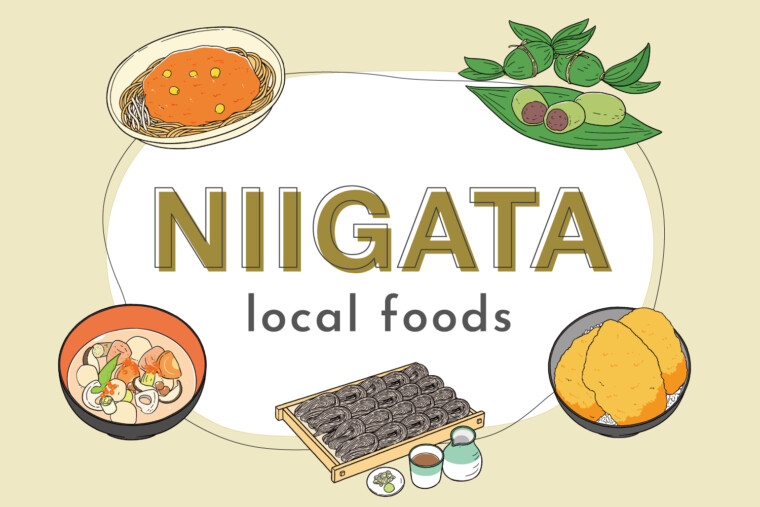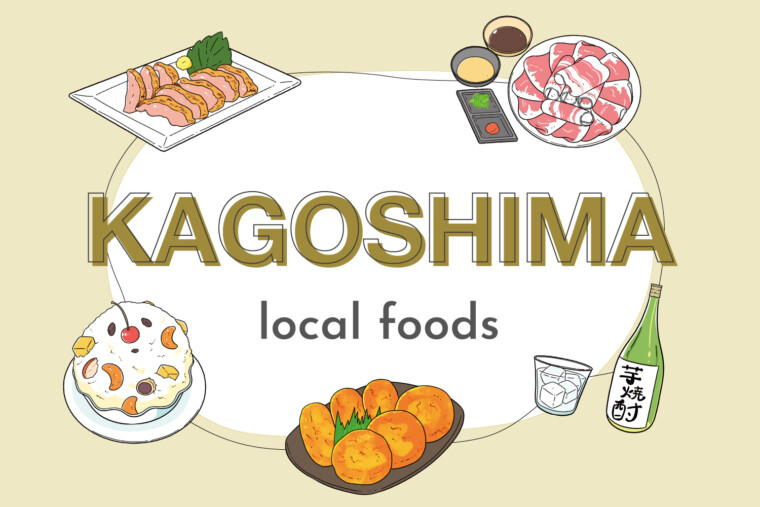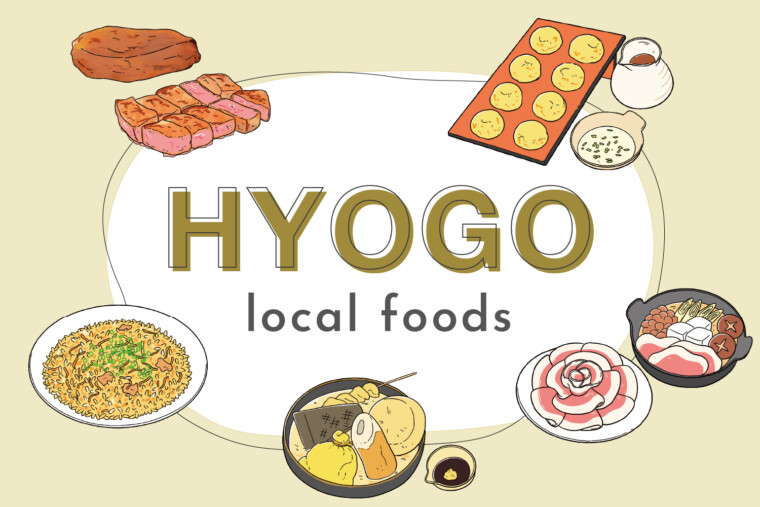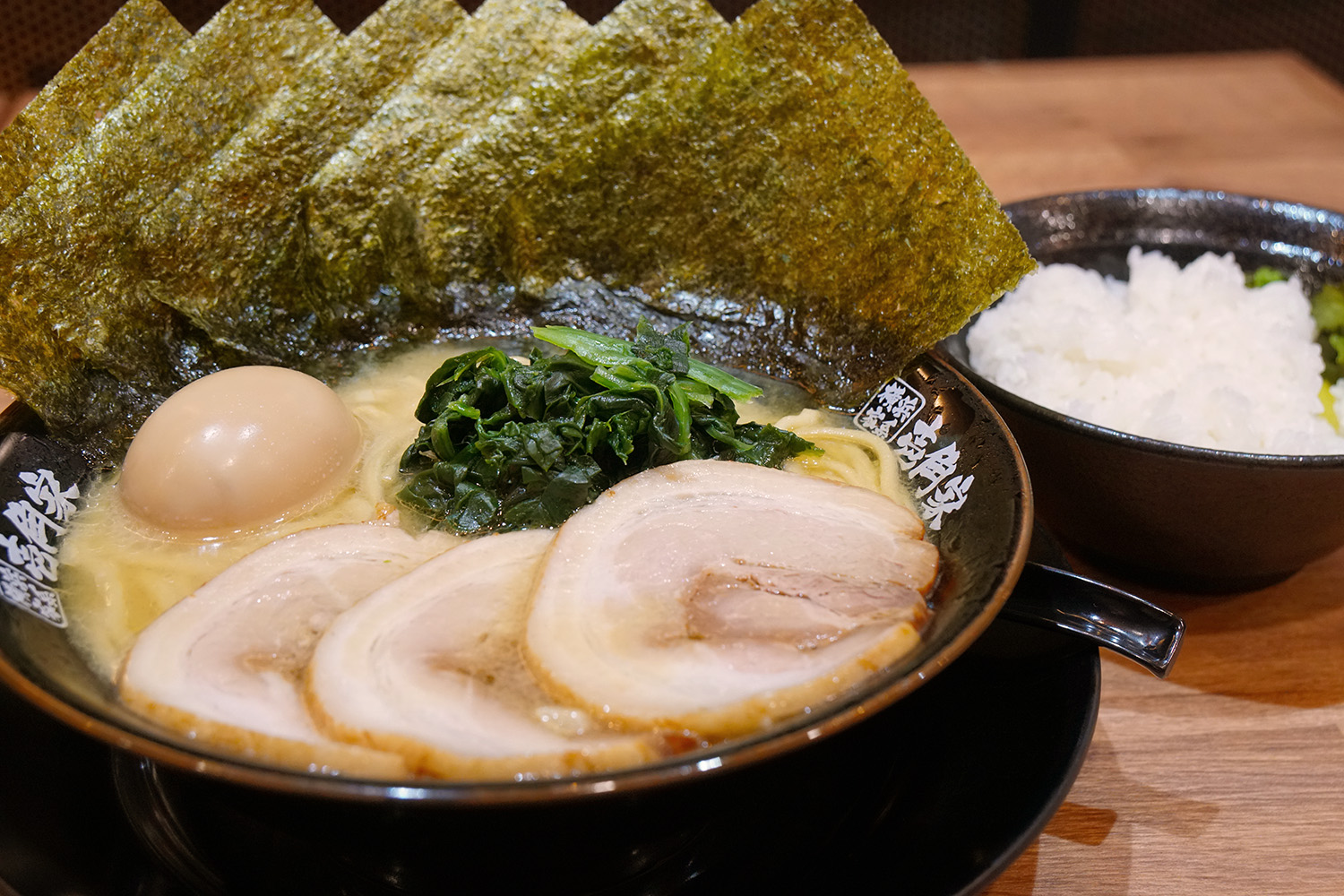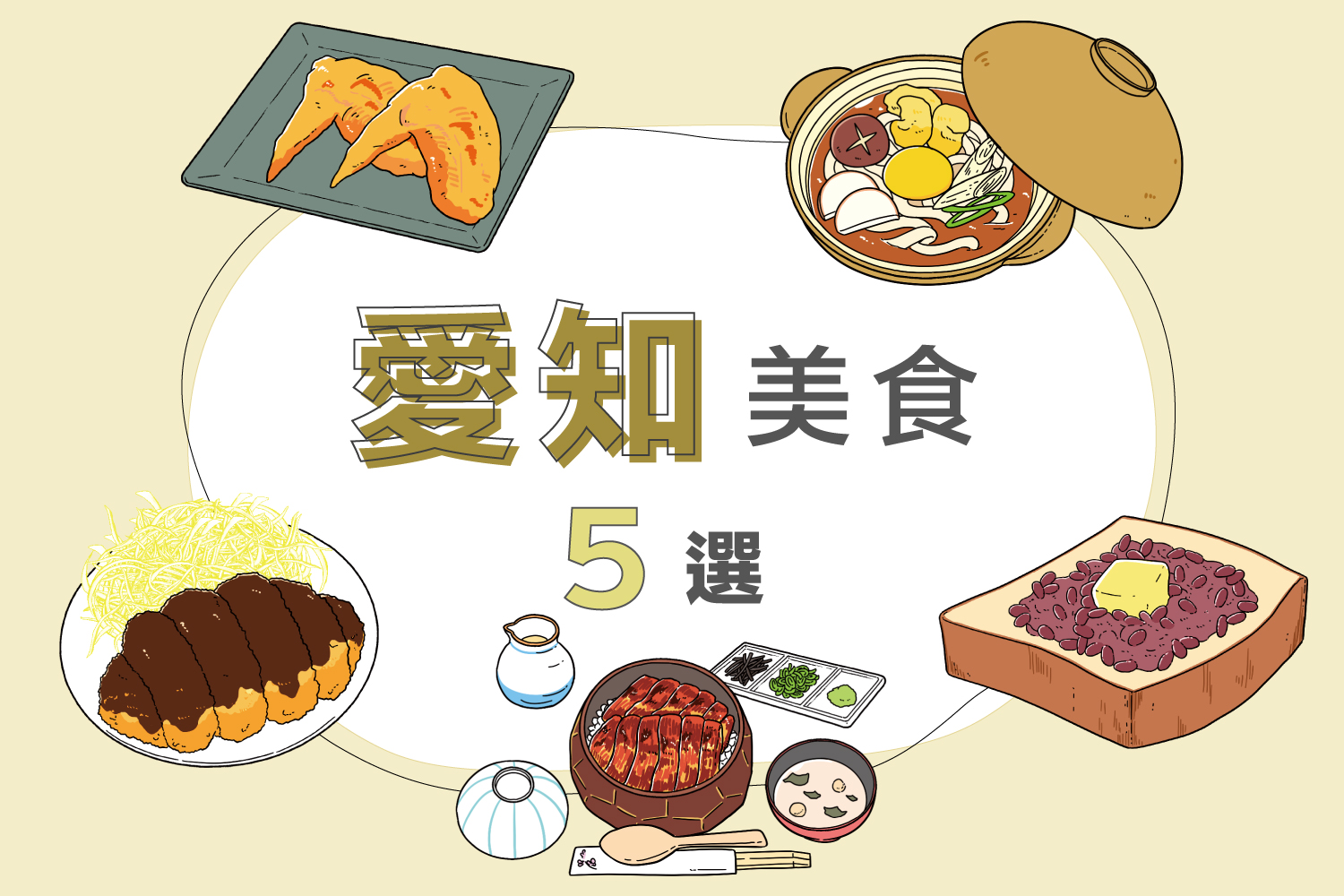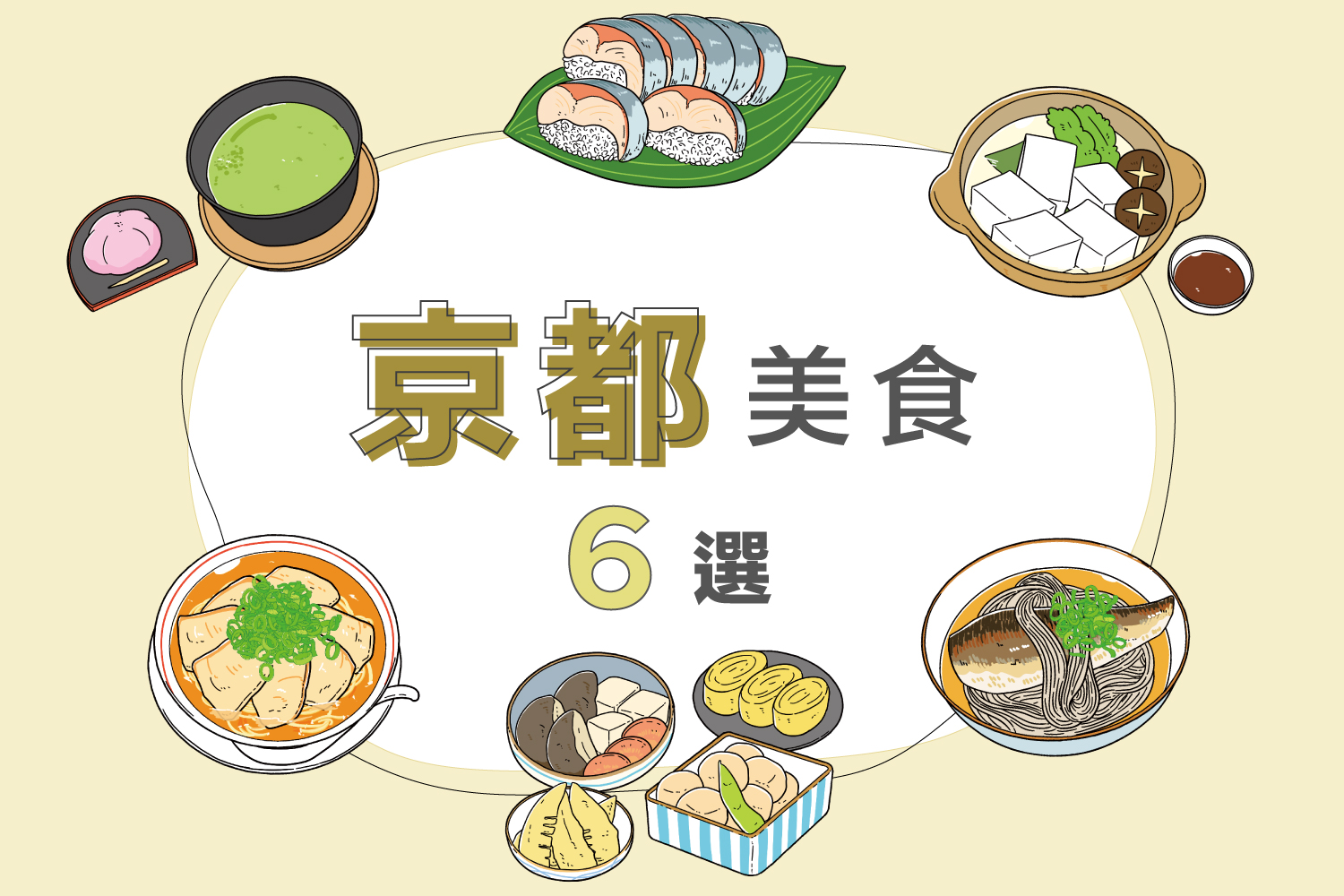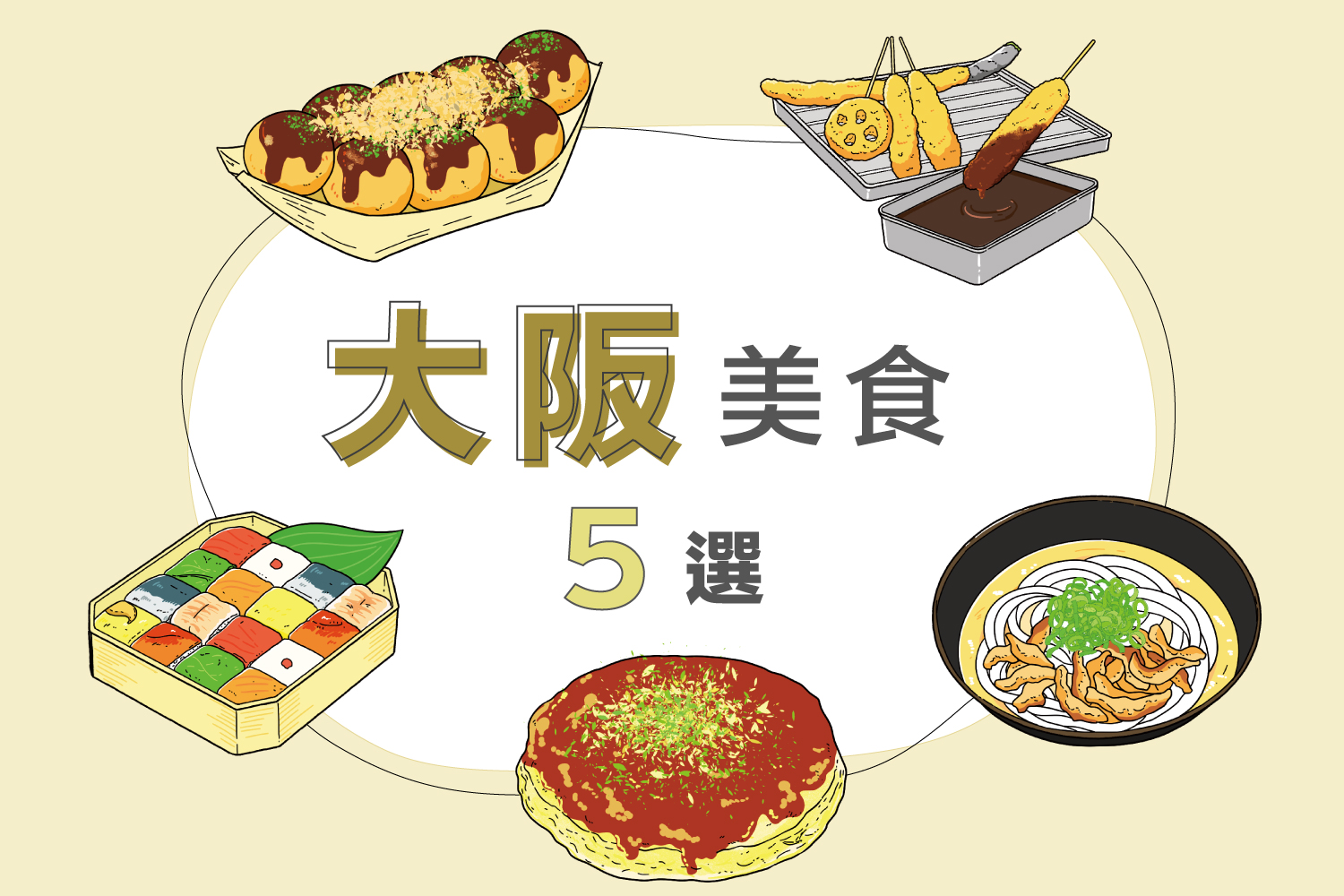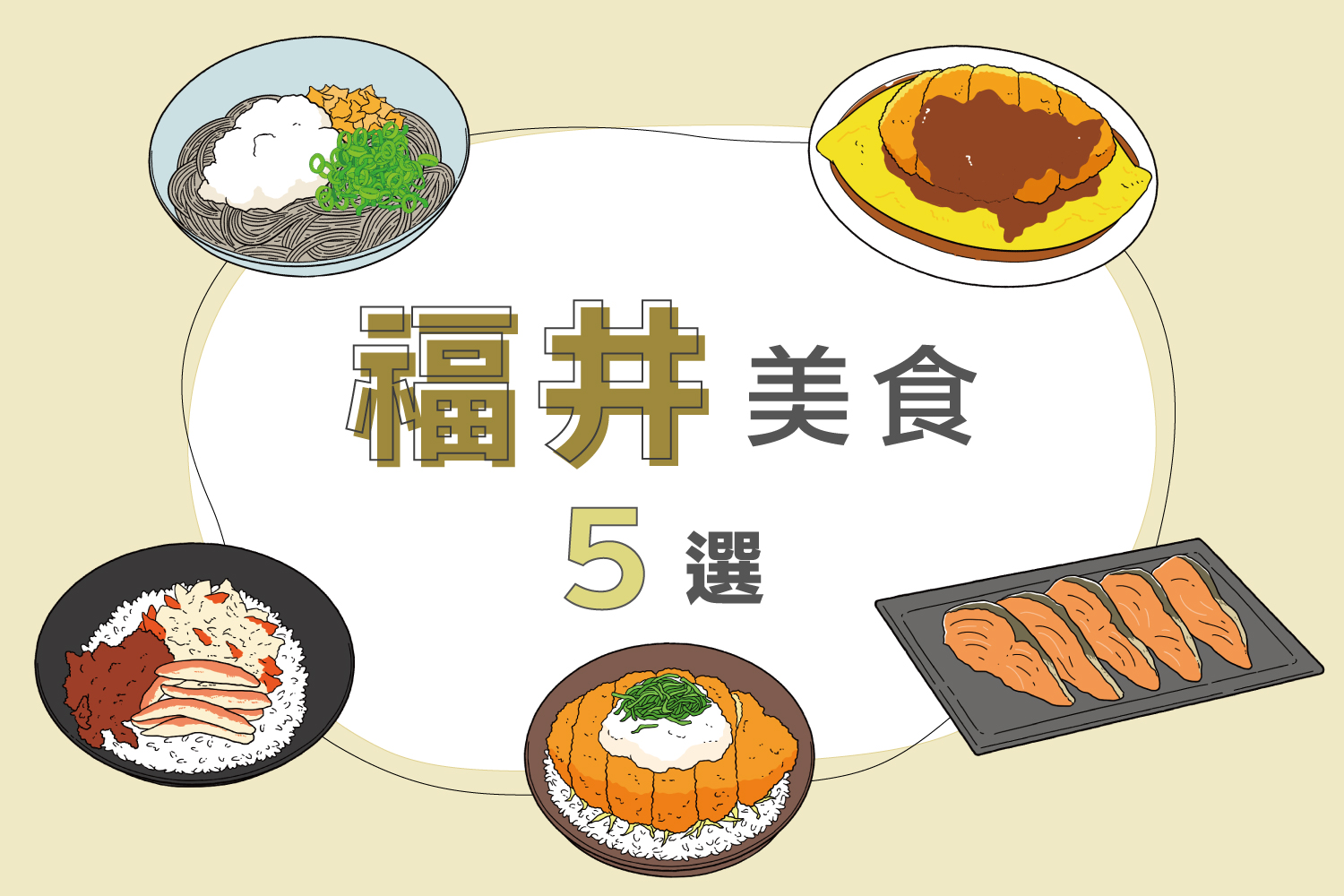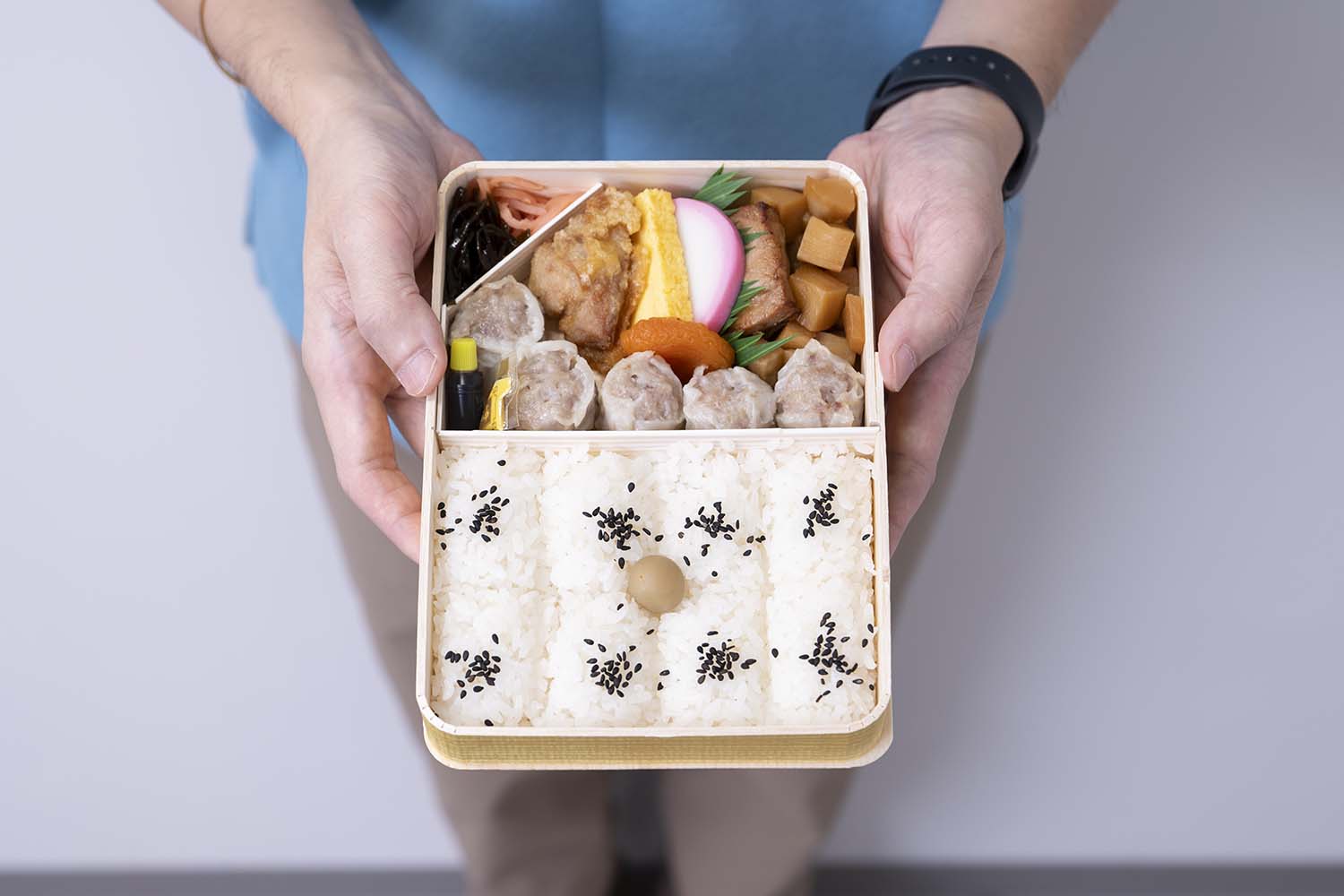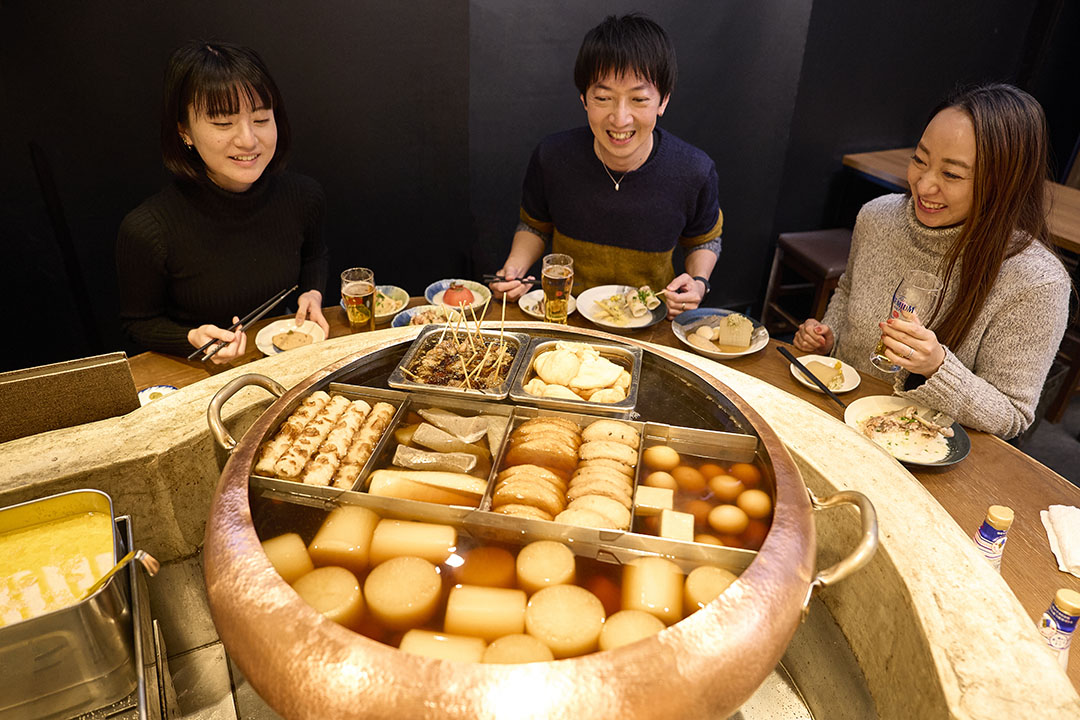
How to eat Hakata ramen | customize your noodles, and even add extra servings!
Fukuoka’s renowned “Hakata ramen” is beloved by great numbers of enthusiastic fans. The richly-flavored tonkotsu (pork bone) broth and straight, thin noodles are hallmarks of authentic Hakata ramen. This style is rather different from Tokyo ramen, so we visited Nagahamaya, a noodle shop specializing in Hakata ramen, to learn more about the smart way to enjoy this popular regional ramen!
share:
Table of Contents
Buy your ticket
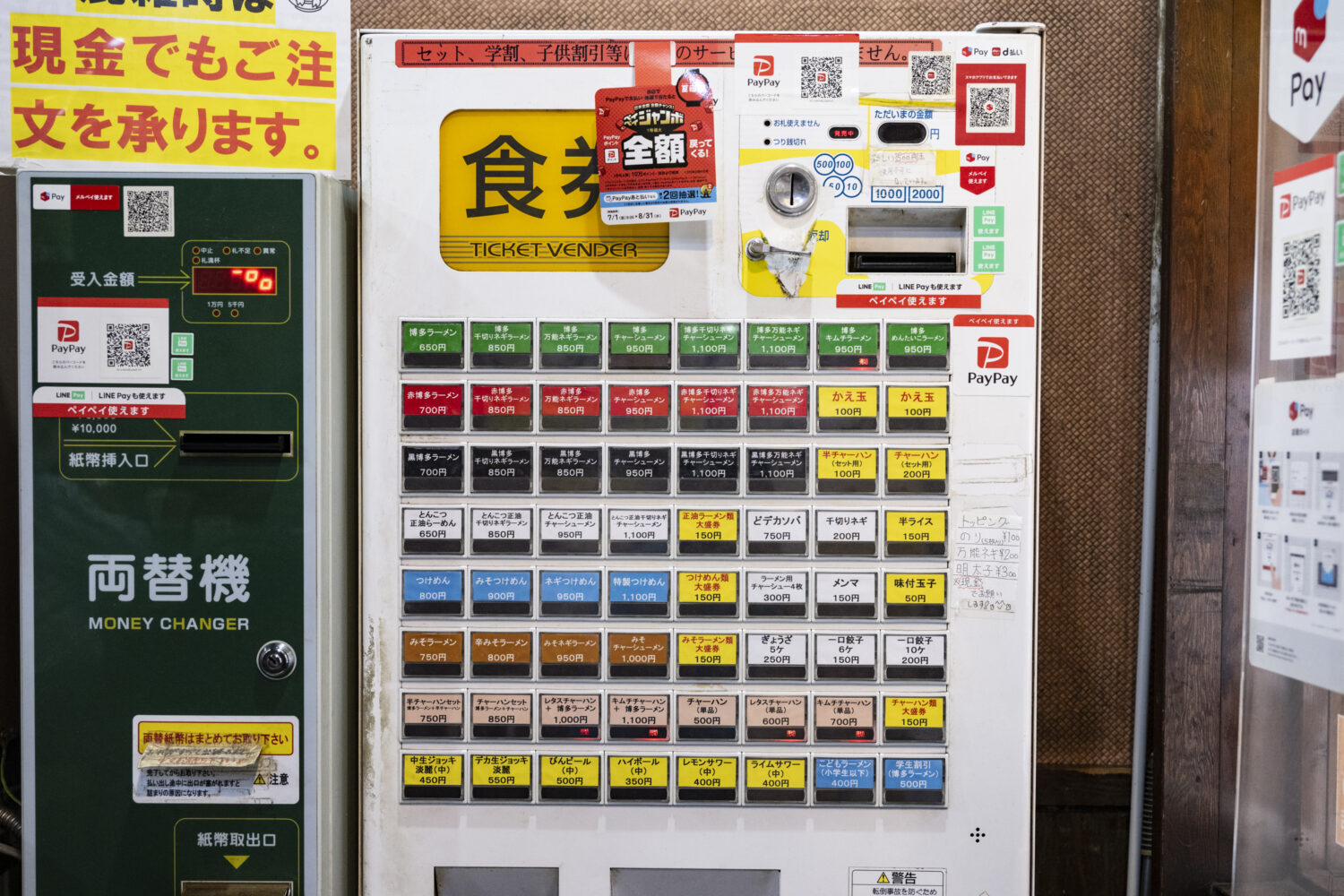
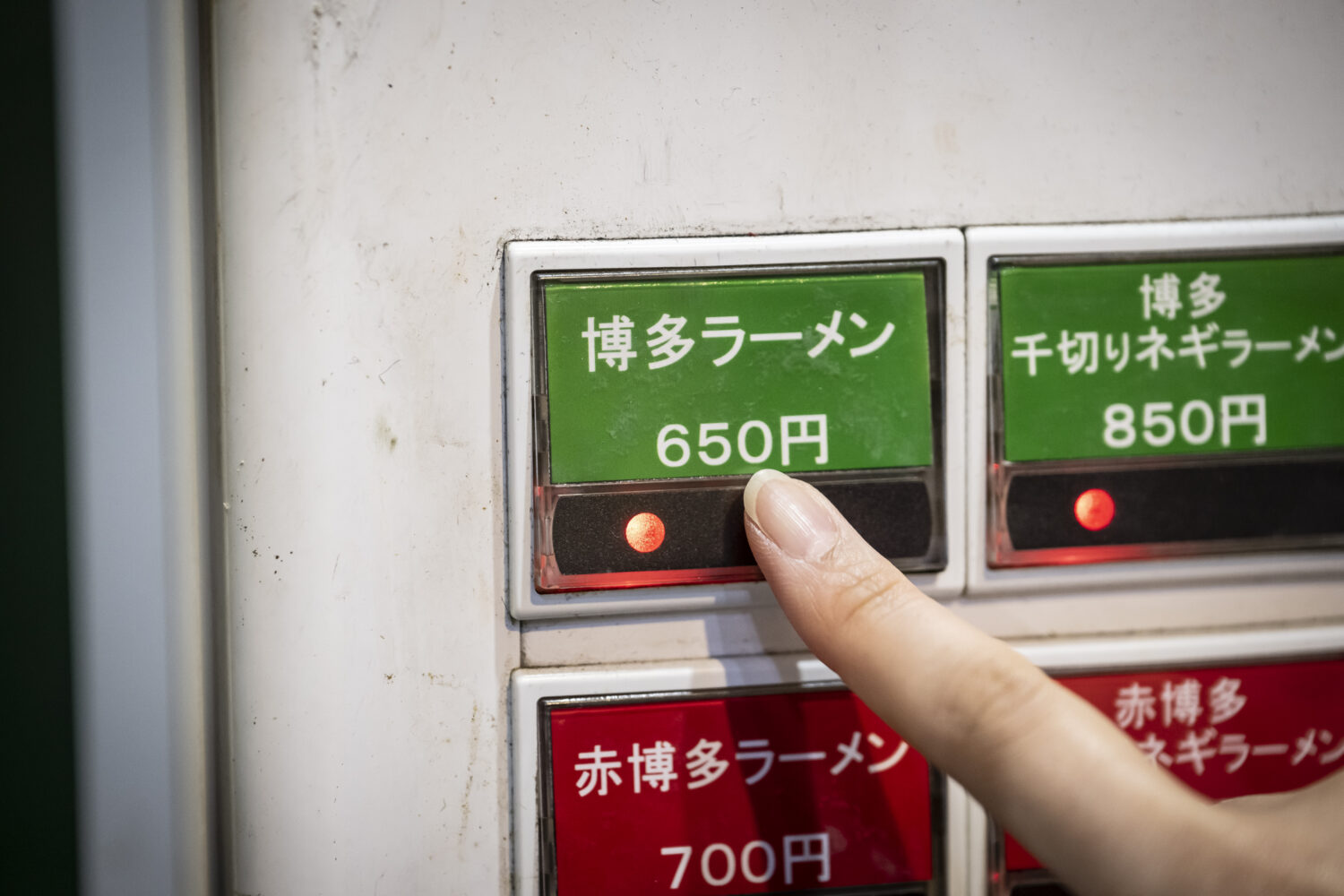
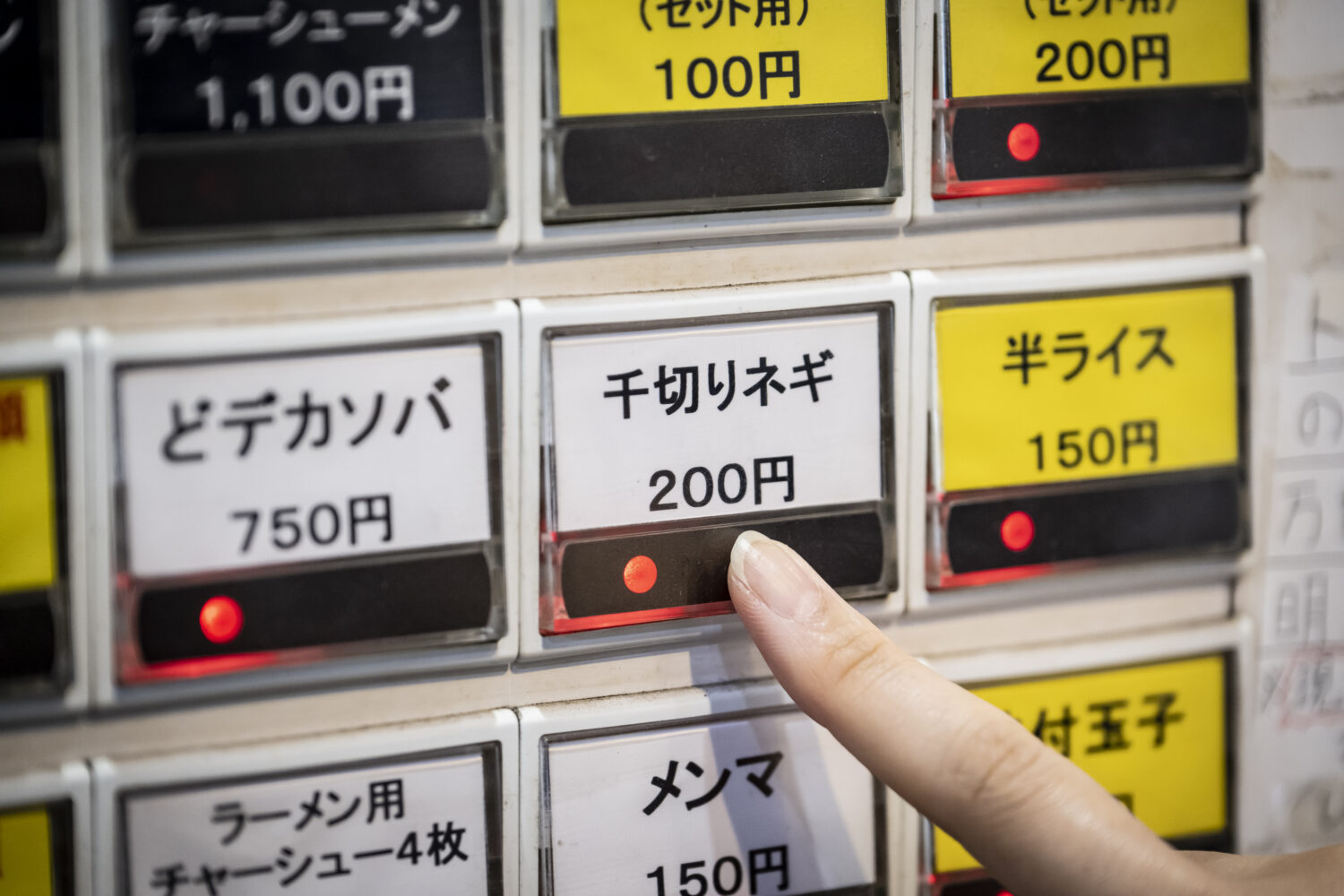
Once you enter the restaurant, the first thing to do is buy your ticket. This time, we went with the standard “Hakata Ramen” (pictured left). At the staff’s recommendation, we also added “Sengiri Negi” (julienned spring onion, pictured right).
Select noodle firmness

One noteworthy feature of Hakata ramen is the choice of noodle firmness when ordering. At Nagahamaya, there are six options, ranging from firm to soft: “konaotoshi” (which literally means “washing off the flour”), “harigane” (“wire”), “barikata” (extra firm), “katame” (firm), “futsu” (regular), and “yawarakame” (soft). It seems that “harigane”, which is cooked for just 10 seconds, and “barikata”, which is cooked for 20 seconds, are the most popular among Hakata ramen aficionados.
Start by appreciating the soup
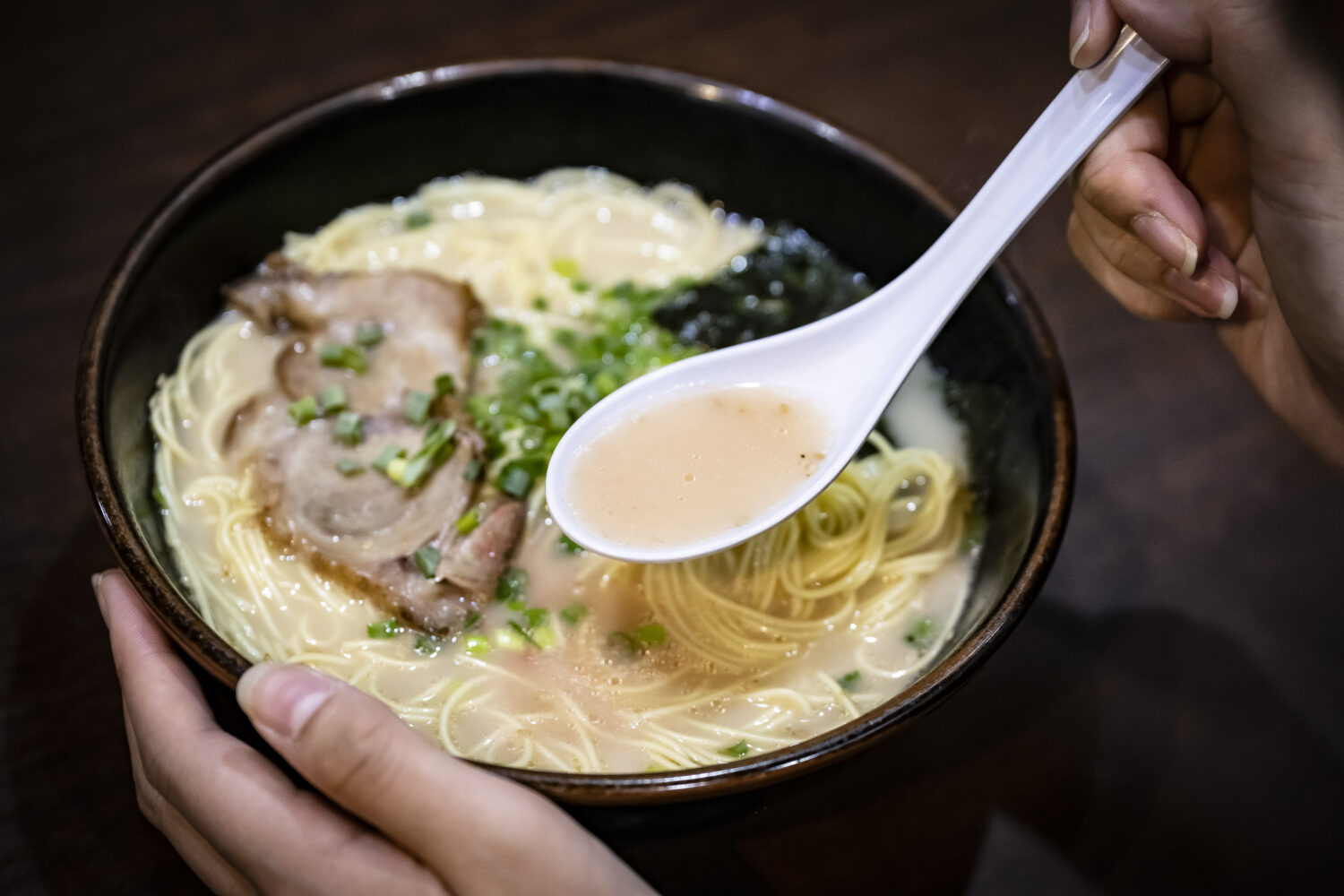
Once your Hakata ramen is served, first use your renge (soup spoon) to enjoy a taste of the soup. Savor the rich tonkotsu soup as it spreads across your palate!
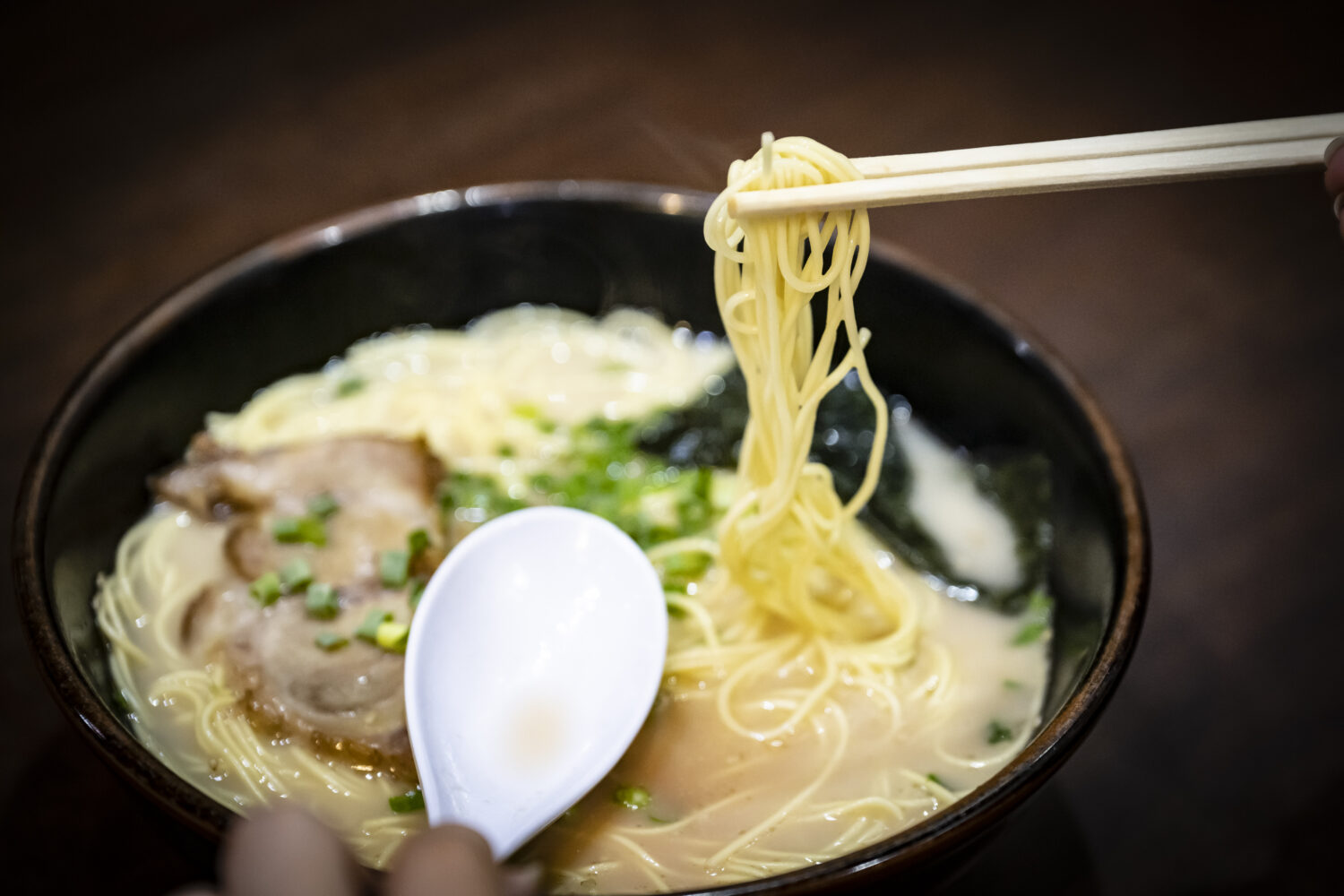
After appreciating the soup, try the noodles just as they are, without adding any toppings yet. This time, we ordered our noodles “barikata” (extra firm). As is a golden rule with many Japanese noodle dishes, the noodles are best enjoyed before they go soft!
Add some beni shoga (red pickled ginger) to the soup
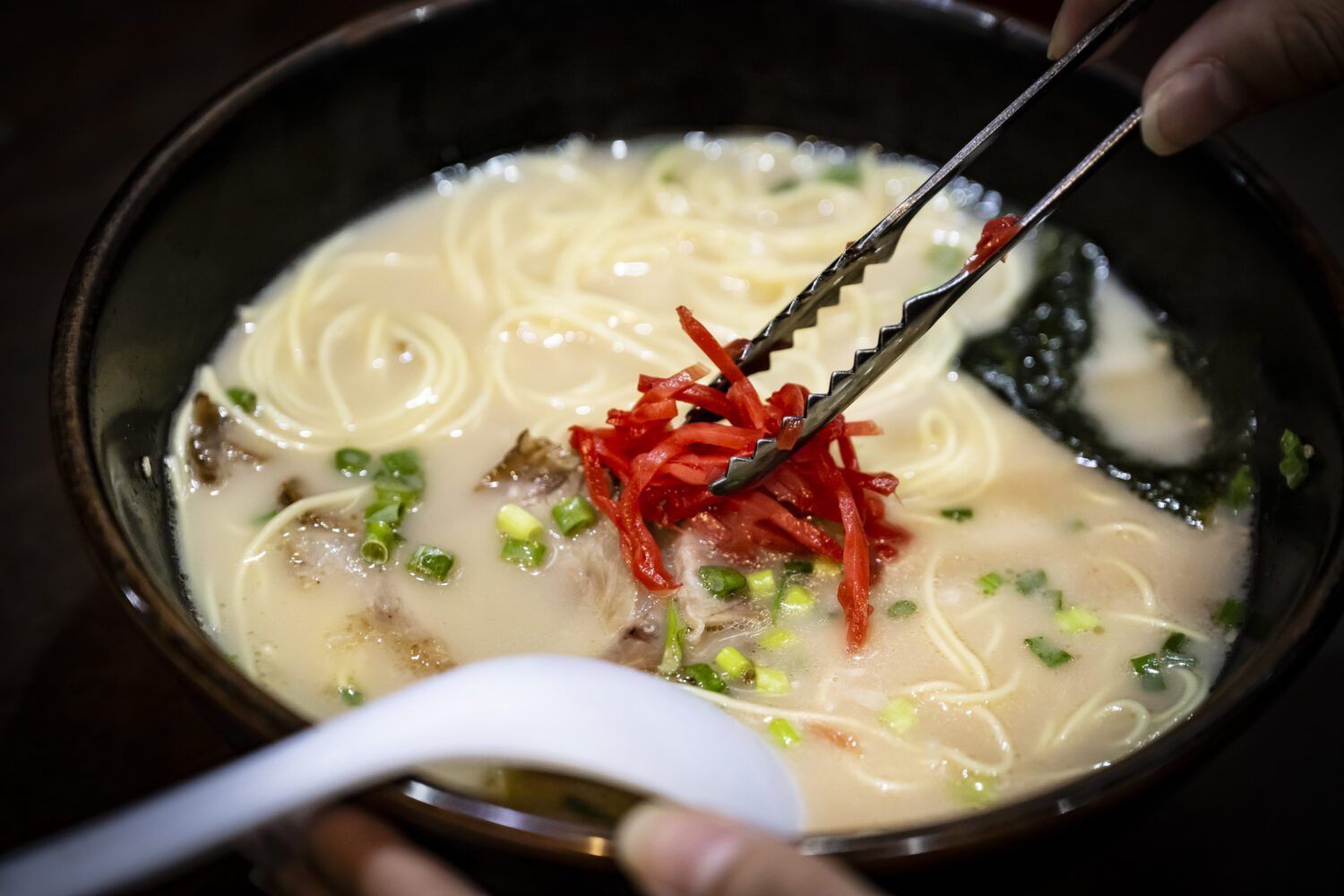
In Fukuoka, the homeplace of Hakata ramen, it’s customary to add beni shoga (red pickled ginger). The freshness is a perfect accent to the rich tonkotsu soup. In Fukuoka, it’s not unusual to add so much beni shoga that the soup takes on a red hue.
Explore flavor variations with toppings
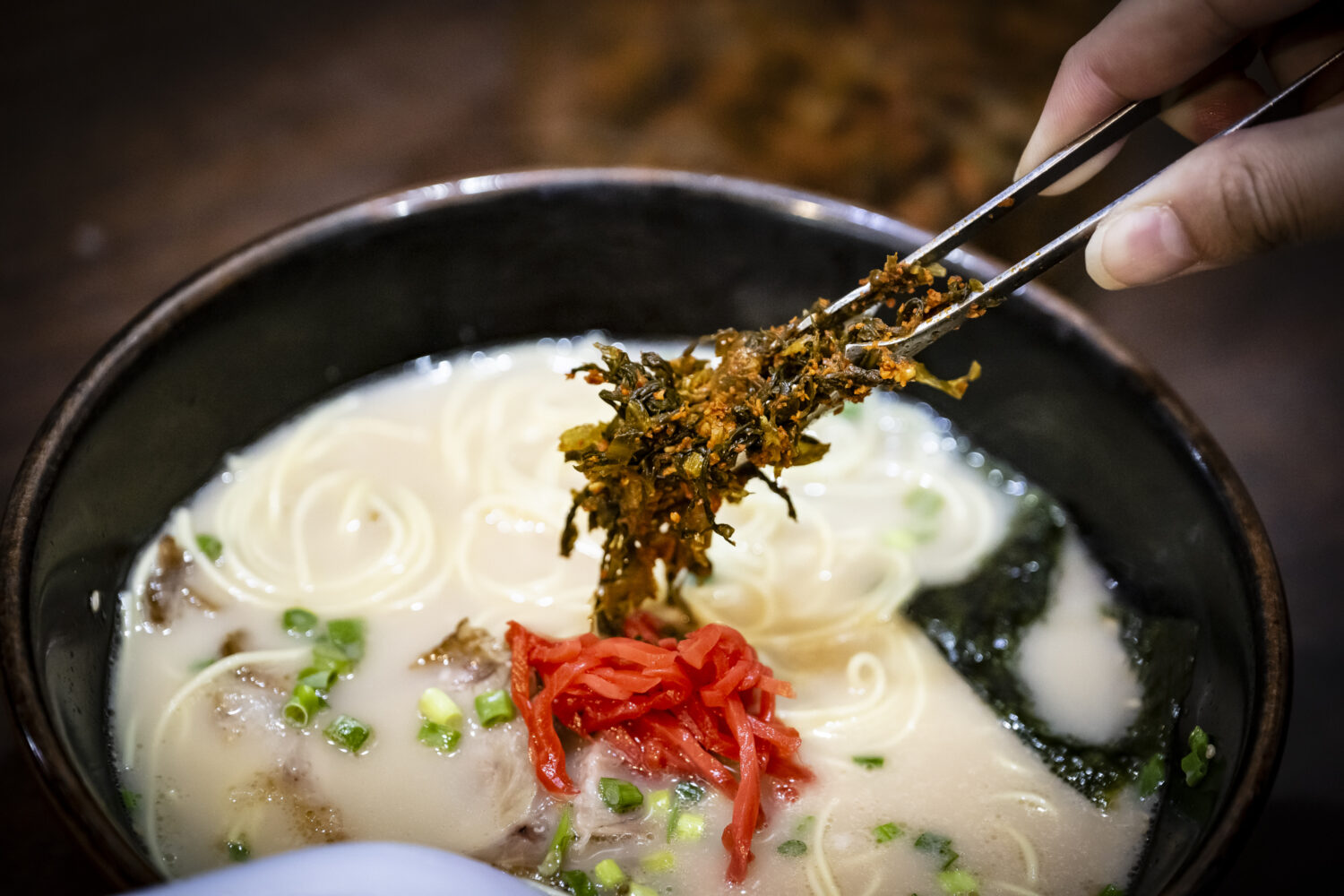
Next, let’s add some karashi takana, a pickled mix of togarashi (chili) and takana (Japanese giant red mustard.) The spicy kick is just what it takes to bring a new dimension of flavor to the tonkotsu soup. The concept of changing the flavor of a dish as you enjoy it is called aji-hen in Japanese.
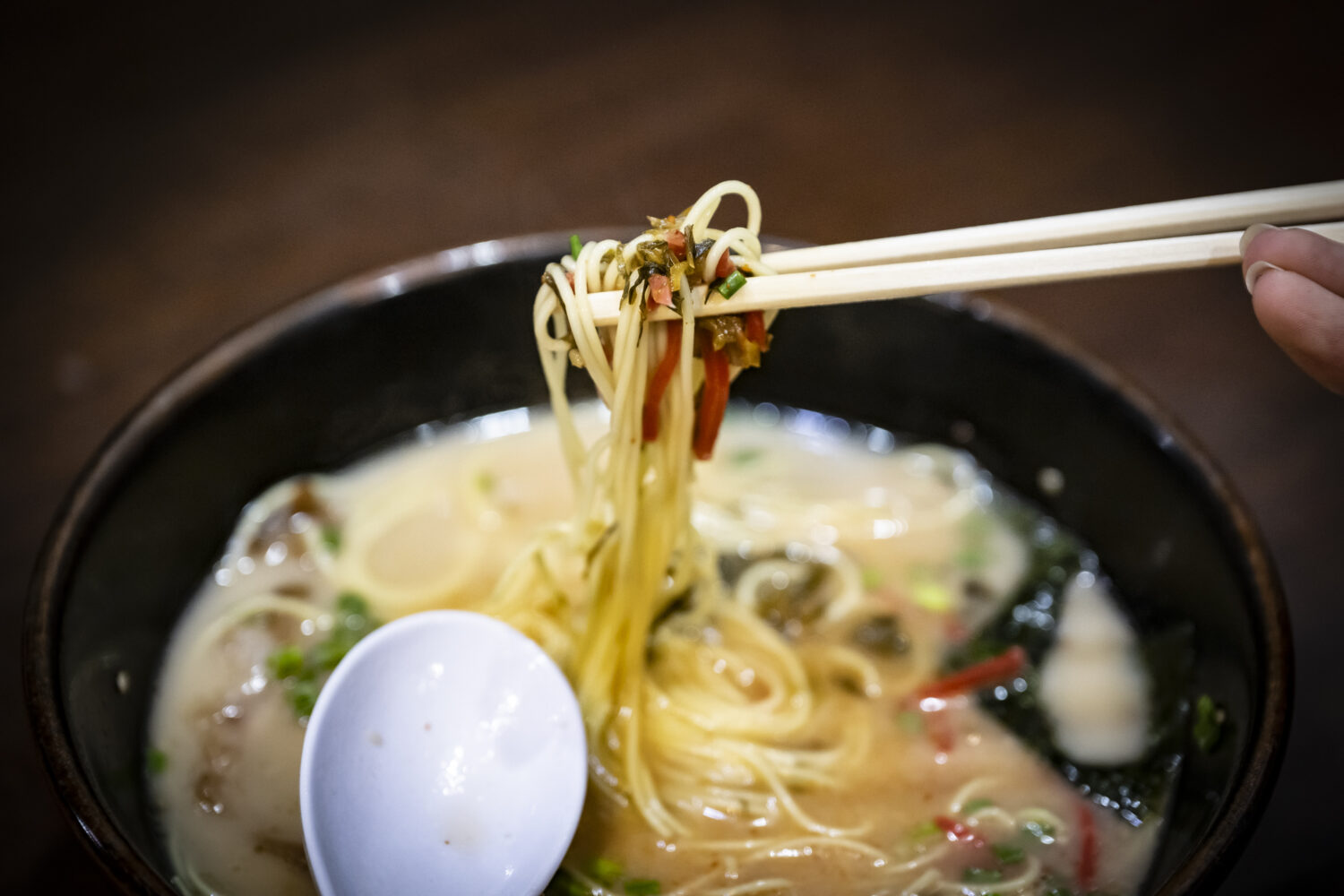
Every time you add another topping, the color of your soup will change. This breadth of flavors is the true charm of Hakata ramen!
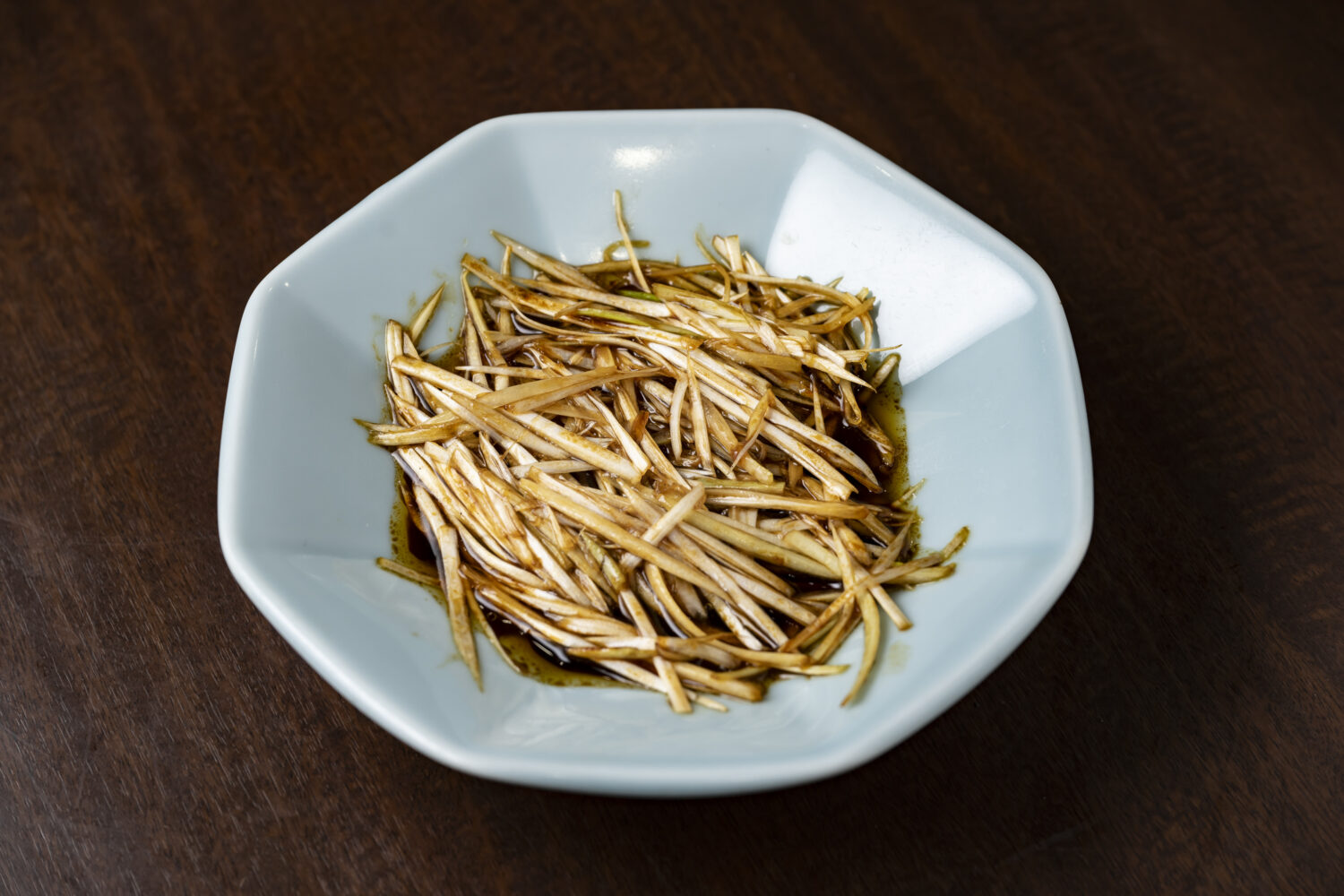
Next, let’s try the topping that the staff recommended, sengiri negi (julienned spring onion). At Nagahamaya, the sengiri negi are well seasoned, and include rayu (chili oil) for extra flavor.


Let’s add the entire bowl right on top of our ramen!
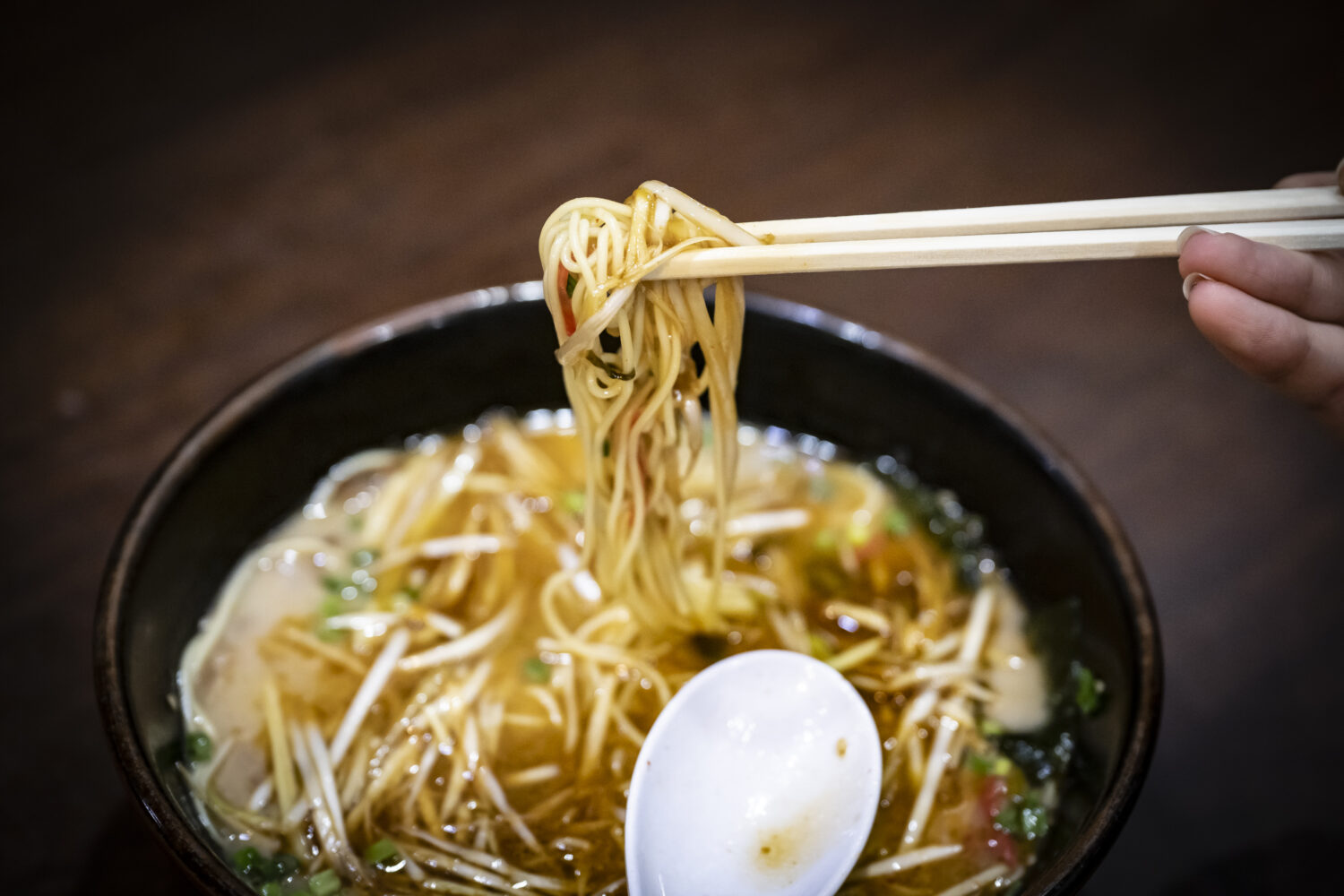
The spring onions add crunch and amazing flavor to our ramen!
Ask for kaedama (extra servings of noodles) as many times as you like!
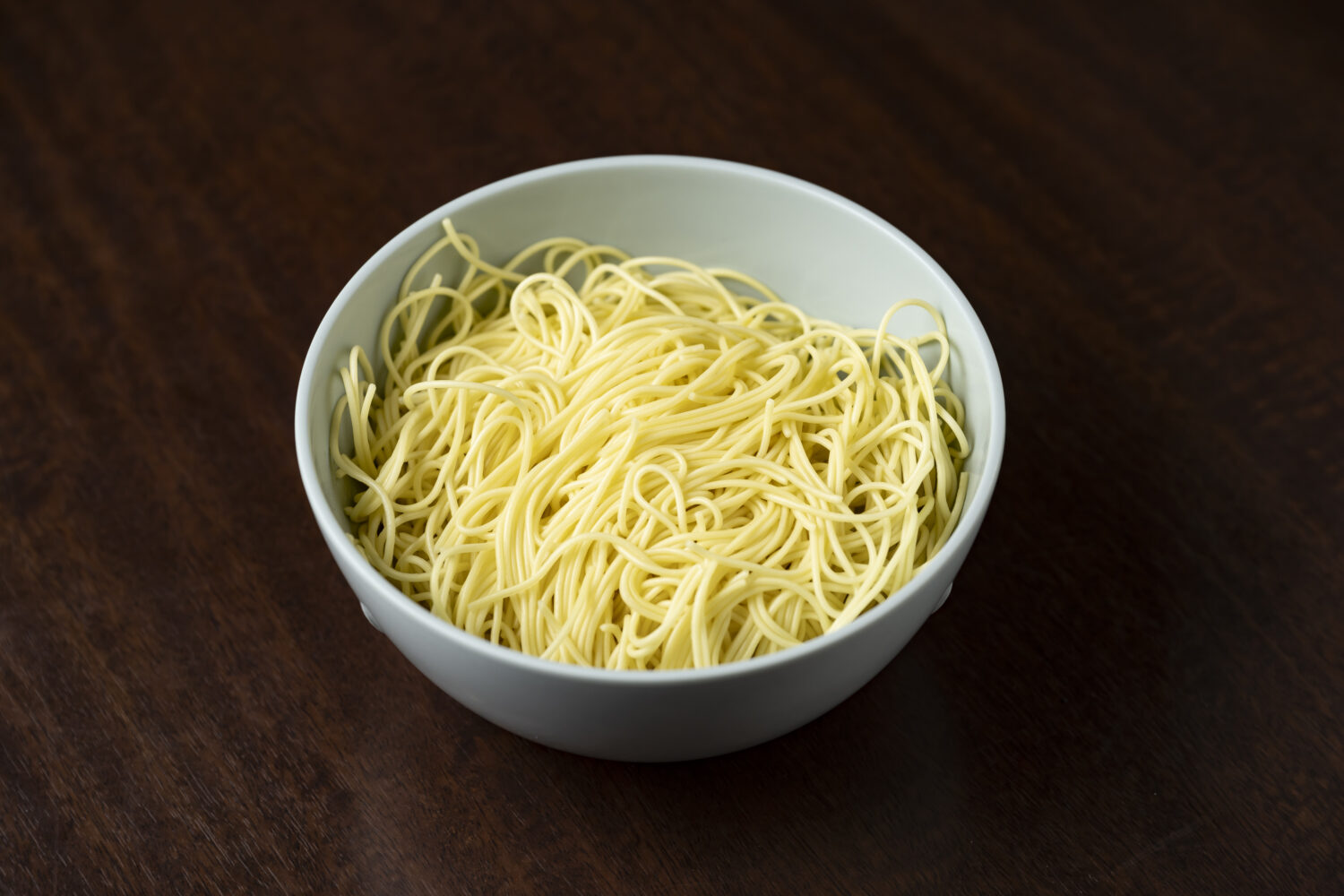
Hakata ramen is well known for the custom of kaedama, adding another serving of noodles to your remaining broth.
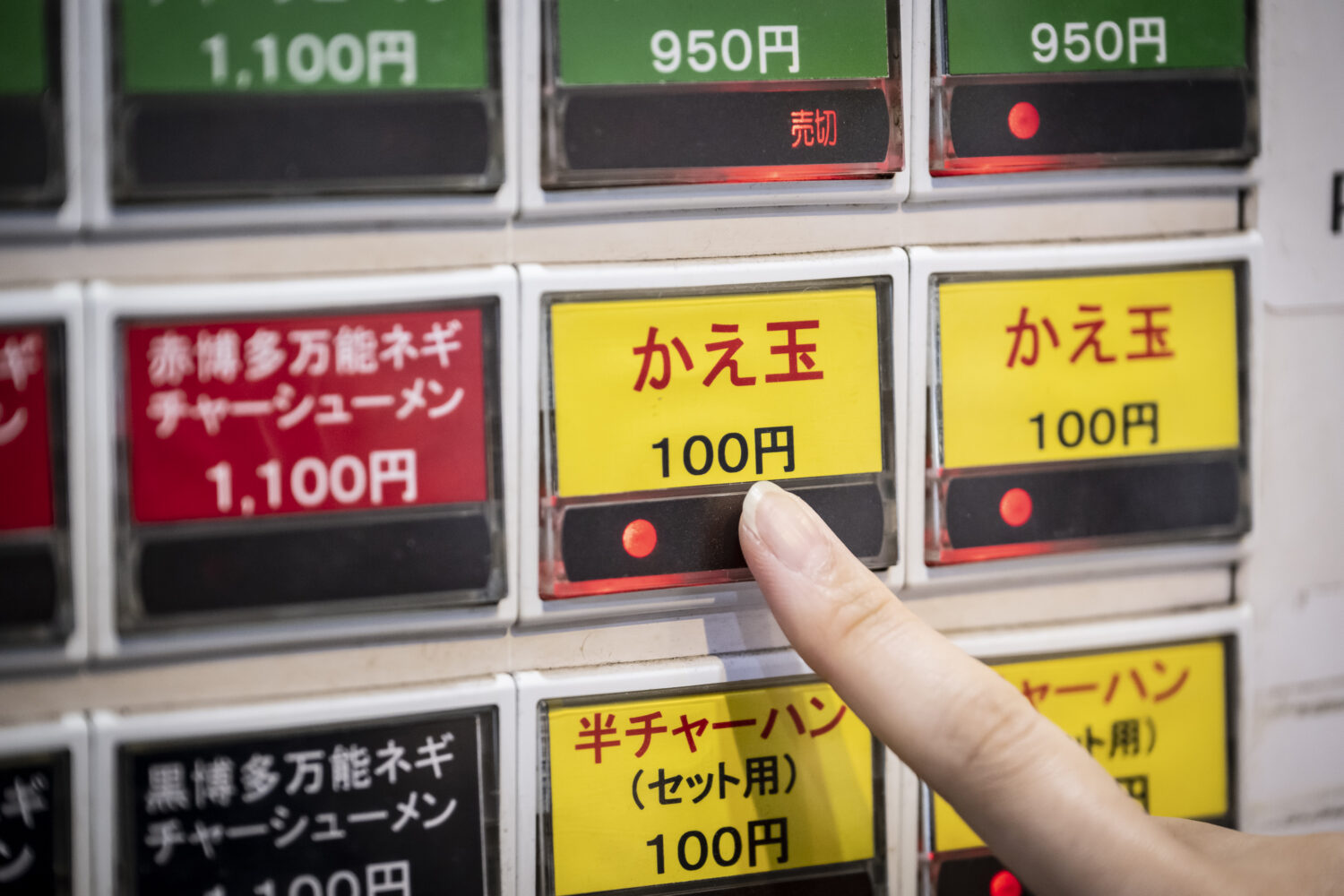
At Nagahamaya, you can go ahead and order your kaedama from the ticket machine at the start, or just as the staff for “Kaedama, kudasai!” (Another serving of noodles, please!)
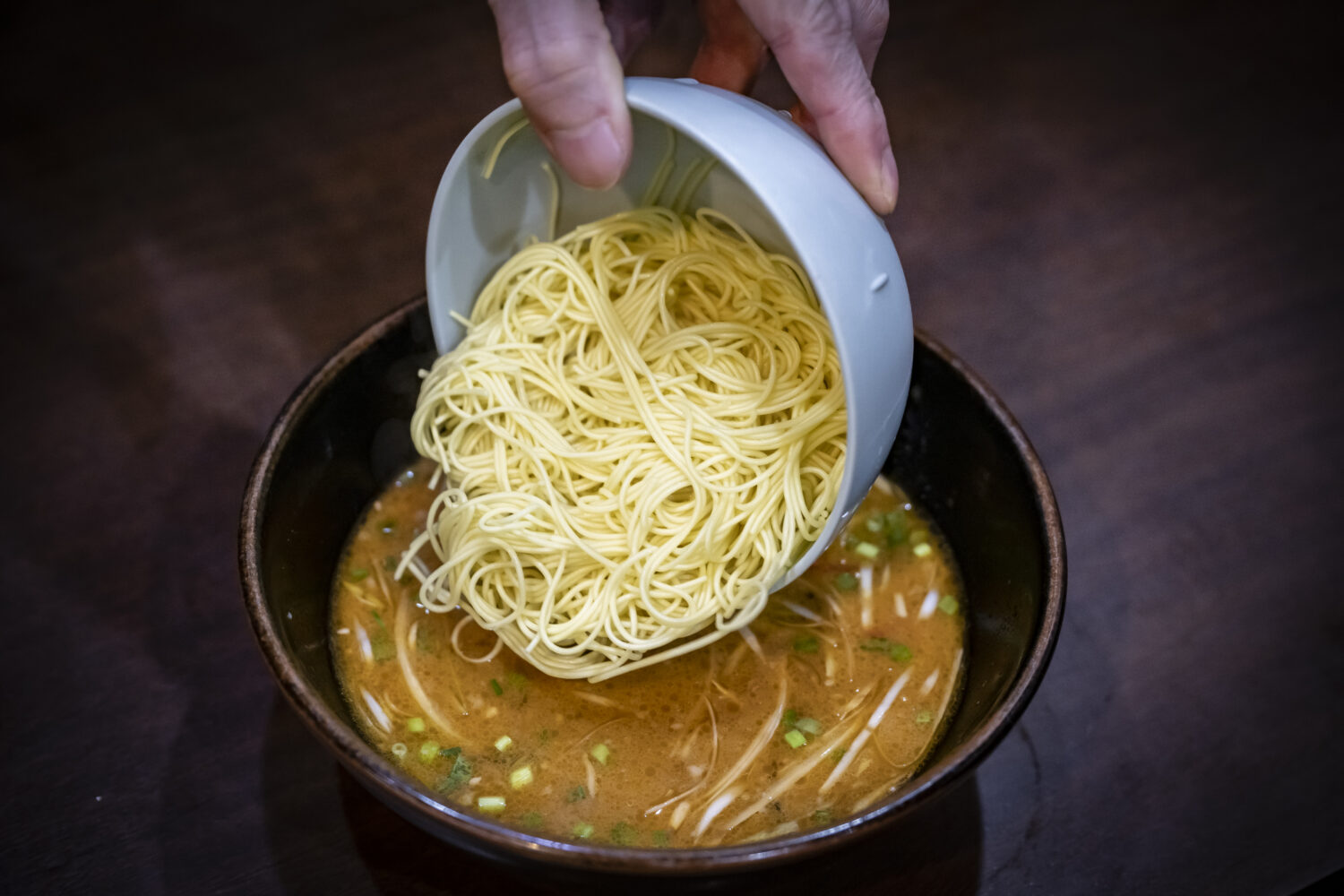
How many kaedama is up to each person. Each time you get more noodles, you are free to change the firmness, and enjoy the unique flavor and texture of each level. This time, we tried “konaotoshi”, the firmest option.
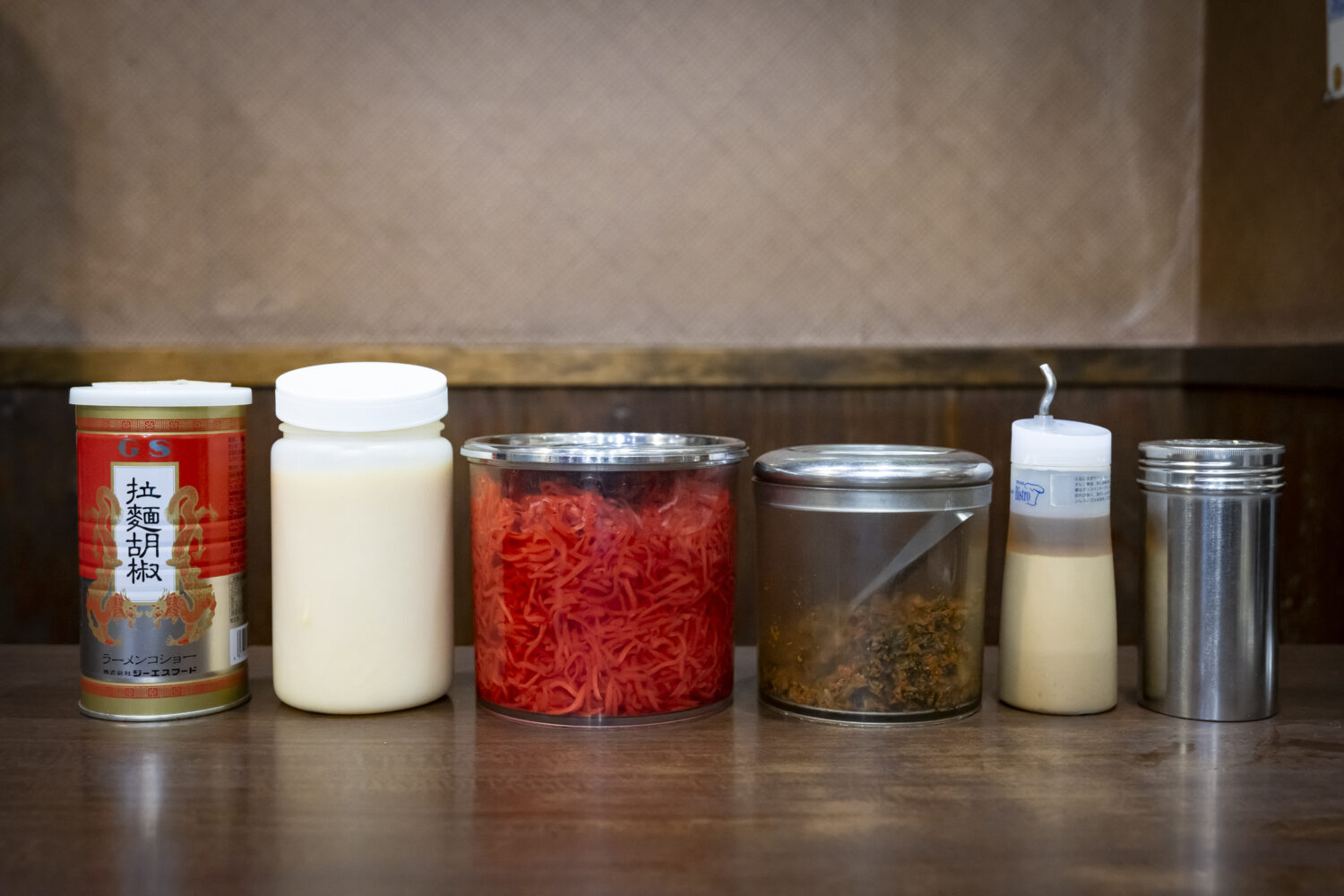
At the table, you’ll find takana, beni shoga, kosho (pepper), suri goma (ground sesame seed), and a special sauce called “ramen no tare”. All are provided free of charge, to add to your Hakata ramen as you like!
A single bowl of Hakata ramen can be enjoyed in a variety of ways. And don’t forget to try kaedama!
* The published information is current as of September 2022. Prices and other details are subject to change.
Nagahamaya is a Hakata ramen specialty restaurant with a number of locations centered on Tokyo. Featuring authentic tonkotsu soup and painstakingly crafted noodles, this classic Hakata ramen can be enjoyed day after day.
share:











